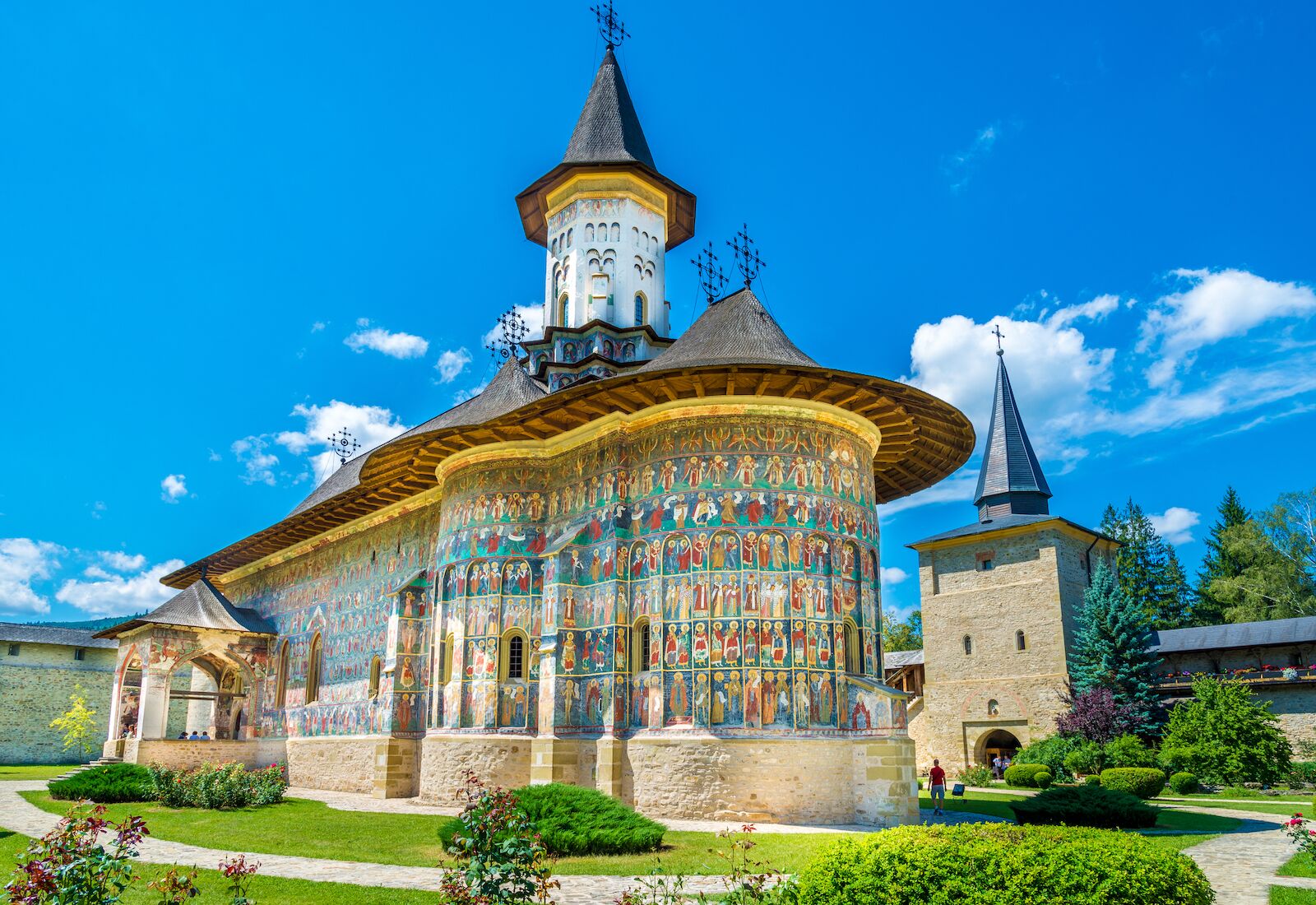
Europe is filled with churches, some wooden, some modern, some turned into hotels, and some whose claim to fame is the stained glass that adorns them. And while each and every one of the churches of Europe are worth a visit, none deserve travelers’ attention more than those that have been listed as UNESCO World Heritage sites.
Every year since 1972, the United Nations Educational, Scientific and Cultural Organization (UNESCO) selects places to be inscribed on the World Heritage List. The World Heritage designation warrants that the selected sites, whether they be cultural, natural, or a mix of both, are “outstanding universal value to humanity.” The inscription also provides the chosen sites protection from damage and destruction for future generations. There is no higher recognition and safeguard than being listed as a UNESCO heritage site.
At time of writing, 1154 properties from around the world have been granted World Heritage status, several dozens of which are churches. From this illustrious list, we have selected 14 diverse UNESCO-listed churches that travelers to Europe are able to visit and would be remiss to pass on.
Rock-Hewn Churches of Ivanovo, Bulgaria
- When it was built:Built and painted between the 12th to the 14th centuries
- When it became a UNESCO World Heritage site: 1979
- Location: Near the village of Ivanovo, 10 miles from the town of Ruse, Bulgaria
- What you don’t want to miss: Gospodev Dol Chapel, said to be the most richly decorated of the site
This UNESCO World Heritage site is not comprised of one single church, but is instead a monastery complex of churches, chapels, and cells. The complex was cut from the rocks and decorated in exceptional religious frescoes between the 12th and 14th centuries. UNESCO selected the rock-hewn churches of Ivanovo as a World Heritage site for its architecture, beautiful natural setting high above the Rusenski Lom river, and the unique artistry of the murals found inside.
Today, while most of the complex is still standing and the site is under protection, its situation is precarious. Two of the complex’s churches have collapsed, St. Archangels and St. Todor Church, and the frescoes have been rescued, restored, and relocated to another part of the site.
Travelers can access and visit the site via a set of 100 steps or a moderate walking path – but the effort is well worth it. There is parking at the bottom of the trails as well as a gift shop, a cafe, and bathrooms. A modest fee will get you inside the caves and the person selling the admission will give you a quick tour or an information sheet in English.
The Cathedral of St James in Šibenik, Croatia
- When it was built: Between 1431 and 1535
- When it became a UNESCO World Heritage site: 2000
- Location: Trg Republike Hrvatske 1, 22000, Šibenik, Croatia
- What you don’t want to miss: The frieze of 71 faces sculpted on the outside of the cathedral
Located in the town of Šibenik on the Adriatic coast, the Cathedral of St James in Šibenik is one of 10 UNESCO World Heritage properties in Croatia, including the magical Plitvice Lakes National Park and the Old City of Dubrovnik.
The Cathedral of St James in Šibenik is unique in its construction. It was designed by three architects over the 15th and 16th centuries, starting in the Gothic style and finishing in the Renaissance style, and is entirely made of stone. The dome of the cathedral, built using innovative techniques at the time, is a highlight of the structure. It’s been restored along with other parts of the property to its original beauty after it was damaged by shells during the 1991-1995 Croatian War of Independence.
You can visit the church outside of service hours for about $4 per person. The inside is much darker than what you might expect from the bright white exterior. The baptistery and its finely sculpted ceilings are not to be missed. Your admission ticket also gives you access to the interpretive center where you can learn all about the cathedral’s history.
Painted Churches in the Troodos Region, Cyprus
- When it was built and painted: Between the 11th and 16th centuries
- When it became a UNESCO World Heritage site: 1985
- Location: In the rural and mountainous Troodos region of the island of Cyprus
- What you don’t want to miss: The church of Timios Stavros (Holy Cross) in Pelendri
This UNESCO World heritage property includes 10 structures, including nine churches and one monastery, all of which are intricately decorated with religious murals. The complex is one of the largest collections of Byzantine churches and monasteries in the world, and it’s a striking example of the era’s painting.
All 10 structures vary in size and architecture, but all are richly decorated with Christian art that has been exceptionally preserved throughout the centuries. The rural yet elaborate properties are still used today as places of worship.
You can easily rent a car and drive the windy roads of the Troodos region of Cyprus in search of these magnificent painted churches. If you want a good overview of each property, hiring a knowledgeable tour guide is recommended. Seeing all 10 sites in one day would be rushing it and while some are open daily, you’ll need to find the local with a key to open others.
Pilgrimage Church of St John of Nepomuk at Zelená Hora, Czeck Republic
- When it was built: Between 1719 and 1727
- When it became a UNESCO World Heritage site: 1994
- Location: Sychrova, Žďár nad Sázavou 2, 591 02 Žďár nad Sázavou, Czech Republic
- What you don’t want to miss: The view from the top of the hill
This UNESCO-listed church dedicated to St. John of Nepomuk is unique in its five-point star shape located at the center of an unusual ring-shaped cloister. Architect Jan Blazej Santini designed the church to recall the “the five stars of the halo of St. John of Nepomuk [that represents] the five virtues of the saint,” UNESCO explains on the property’s listing.
The church located on top a grassy hill (Zelená Hora) overlooking the town of Žďár nad Sázavou remains a place of worship to this day.
The Pilgrimage Church of St John of Nepomuk is open from April to October and can be visited for an admission fee of $6 per adult. Guided tours are available on reservation for $12 per adult. You can park near the monastery in town and take a short but scenic walk to the church. For hours of operation, schedule of services, and tour booking forms, visit the church’s website.
Roskilde Cathedral, Denmark
- When it was built: The 12th and 13th centuries
- When it became a UNESCO World Heritage site: 1995
- Location: Domkirkepladsen 3, 4000 Roskilde, Denmark
- What you don’t want to miss: The Danish royal family’s tombs
Built out of bricks, the Roskilde Cathedral with its twin spires has been the Danish royal family’s mausoleum since the 15th century. You can see the royal tombs inside of the property during a visit, as well as frescoes and a 16th-century organ, among other superb features.
Over the centuries, this UNESCO Heritage site has undergone many renovations and additions. It’s considered a fine example of Brick Gothic, a style commonly found in Northern Europe. The bricks are also prominent inside.
The Roskilde Cathedral is open to the public throughout the year, but prospective visitors must check the website for visiting hours before making their way to the UNESCO property as they vary depending on the season and the services. An admission fee of $8.50 is needed to enter the property, which includes an illustrated guidebook to the cathedral in several languages. There is a museum upstairs providing information about the cathedral’s history. The town of Roskilde is a 25-minute train ride from Copenhagen Central Station.
Petäjävesi Old Church, Finland
- When it was built: Between 1763 and 1765
- When it became a UNESCO World Heritage site: 1994
- Location: Vanhankirkontie 9, 41900 Petäjävesi, Finland
- What you don’t want to miss: The carved characters to be found inside the wooden church
This rural Lutheran church was built out of pine wood logs in the mid-18th century. It is a typical example of log architecture from this part of Finland, and one among many wooden churches in Northern Europe. The beautiful bell tower was added to the church in 1821.
The wooden interior is cozy and beautifully rustic with carved doors, pulpit, chandelier, etc., as well as a vaulted ceiling, and a central cupola. The setting of the church is equally magical, among forests, fields, and bordering Lake Solikkojärvi.
Petäjävesi Old Church is open between June 1 and August 31 and can only be visited with a reservation. Admission fee is $7 per person and includes a guided tour.
Chartres Cathedral, France
- When it was built: The 11th and 12th centuries
- When it became a UNESCO World Heritage site: 1979
- Location: 16 Cloître Notre Dame, 28000 Chartres, France
- What you don’t want to miss: The 176 stained glass windows
The Chartres Cathedral is one of the most well-preserved and unaltered examples of medieval religious architecture in France. The Gothic building, as well as the stained glass windows and painted decorations inside, are so rich and in such great conditions that they earned a UNESCO recognition as early as 1979.
The more than 170 stained glass windows are the highlight of the UNESCO property. Created between 1205 and 1225, the brilliant colors still illuminate the cathedral’s interior and awe visitors of all faiths. Take the time to observe them and understand the stories they tell. The labyrinth of the cathedral, dating back to 1200, is a must-try for those who wish to take a few minutes of contemplation within those holy walls. Outside, admire the detailed work on nine sculpted portals and look for stories within the art.
The beauty of the Chartres Cathedral on par with that of the more-famous Notre Dame in Paris or the Reims cathedral, yet it is much less crowded (especially in the morning), which every visitor will appreciate. The cathedral is open daily from 8:30 AM to 7:30 PM. Guided tours of the cathedral take place daily at 3 PM for $8.50. You can choose to visit the cathedral on its own or visit the cathedral and the crypt for an extra $5.50. There are also candlelight visits to the crypt organized seasonally. For more information and reservations, consult the cathedral’s website.
Pilgrimage Church of Wies, Germany
- When it was built: Between 1745 and 1754
- When it became a UNESCO World Heritage site: 1983
- Location: Wies 12, 86989 Steingaden, Germany
- What you don’t want to miss: The trompe-l’oeil ceiling
The Pilgrimage Church of Wies is a church that triggers laughter, admiration, and surprise in equal measures. A relatively subdued-looking structure from the outside, this church, which sits in a peaceful field surrounded by cows, is an explosion of rococo artistry inside.
Everything, from the trompe-l’oeil ceiling to the columns, the pulpit, and the chancel are so over-the-top that it immediately brings joy to worshippers and visitors. Sit down at one of the pews and admire the work from your seat. It is worth dedicating one hour or more to this incredible UNESCO-listed property.
Visiting the Pilgrimage Church of Wies is free, but you must pay for parking. There is a cafe, a bathroom, and tourist information nearby. The church is open every day, but opening hours vary throughout the year. Consult the church’s website before you set off.
Church and Dominican Convent of Santa Maria delle Grazie, Italy
- When it was built: The 15th century
- When it became a UNESCO World Heritage site: 1980
- Location: Piazza di Santa Maria delle Grazie, 20123 Milano MI, Italy
- What you don’t want to miss: Leonardo da Vinci’s world-famous painting of “The Last Supper”
There are hundreds of beautiful churches to visit in Italy. Rome alone is filled with them. But this particular site has a trick up its sleeve to attract visitors – a trick that has also awarded them a UNESCO recognition.
Inside the Dominican convent, in the refectory, is one of the most famous artworks in the world: Leonardo da Vinci’s “The Last Supper”. The painting of Jesus and the 12 apostles was created between 1495 and 1497 is on the north wall of the room.
The painting survived bombings during the Second World War, and has been restored multiple times throughout the centuries. Today, the preservation of the painting is carefully monitored.
But don’t ignore the building itself. Both inside and outside, the convent with its courtyard, cupola, and cloister, is beautiful in its own right.
Visiting the convent is free and requires no reservation, however you need to buy and book your tickets in advance online to see the painting. Don’t forget to bring your ID with you as it will be required with your ticket upon entry.
Urnes Stave Church, Norway
- When it was built: Around 1130 AD
- When it became a UNESCO World Heritage site: 1979
- Location: 6870 Ornes, Norway
- What you don’t want to miss: The wood carvings that make this church so special
Stave churches, once common throughout Northern Europe, are now mostly found in Norway. A stave church is a wooden church built using “corner posts (known as ‘staves’) and a framework of timber with wall planks standing on sills,” explains the experts at Visit Norway. This technique was, at the time of construction, innovative and elaborate. While there used to be two thousands of them in Norway, there are only 28 stave churches still standing in the country today. One of them, Urnes Stave Church, is honored with a well-deserved UNESCO World Heritage listing.
Urnes is Norway’s oldest stave church. The impressive structure is made entirely of wood and is decorated with intricate carvings both inside and outside. UNESCO praises the property as a mix of “Celtic art, Viking traditions and Romanesque architecture.” The church was preceded by three other churches on the site, and encompasses beautifully-preserved elements of the third iteration. The setting of this UNESCO-listed church is one to take the time to admire, too; located right on a fjord, the views from the property are indeed heavenly.
Urnes Stave Church is open daily from May to September from 10:30 AM to 5:45 PM. Admission is about $11 per adult. Guided tours are available. Set aside two to three hours to visit the property. This World Heritage site is most easily accessed by ferry from Solvorn, and by foot (less than one mile) from the ferry landing. There is a visitor center near the church as well as a gift shop.
Wooden Churches of Southern Małopolska, Poland
- When it was built: Between the 14th and 16th centuries
- When it became a UNESCO World Heritage site: 2003
- Location: Blizne, Binarowa, Dębno Podhalańskie, Haczów, Lipnica Murowana, and Sękowa in the Małopolska region of Poland
- What you don’t want to miss: The unusual roofline of the Filial Church of St. Philip and St. Jacob in Sękowa
Not one church but a series of six of them, this UNESCO World Heritage property in Poland spreads throughout the region of Małopolska (Lesser Poland) in the south of the country, on the border with Slovakia.
Małopolska is well-known for its timber architecture. The Wooden Architecture Route was designed for all to easily see the 252 sites, of which there are 125 churches, including UNESCO’s selection. The six UNESCO-listed churches represent the best preserved and oldest wooden Gothic churches in the region.
While all six churches are unique, they were all built using wooden logs arranged horizontally, a Medieval architecture style that was common in the north and east of Europe. Inside, each church is highly decorated in rich colors, presenting a contrast with the sometimes stern-looking exterior.
To learn the exact location of each church, as well as visiting hours and admission fees, consult the Wooden Architecture Route website.
Churches of Moldavia, Romania
- When it was built: Between the late 15th century and the late 16th century
- When it became a UNESCO World Heritage site: 1993
- Location: Northern Moldavia in Romania
- What you don’t want to miss: The brightness of the paintings of the Church of the Suceviţa Monastery
The series of eight churches located in Romania’s northern Moldavia region has been inscribed as a UNESCO World Heritage site for the exceptional Byzantine-inspired religious frescoes that adorn the walls. All eight churches are unique in their architecture (the rooflines alone are intriguing) and remarkably well preserved.
The biblical scenes depicted in the intricate murals were meant to provide those who could not read with religious education, explains National Geographic.
Because the eight properties in this complex are spread out throughout the region of Moldavia, it is best to rent a car if you want to see several of them. Basing yourself in the town of Suceava (accessible by a long train ride from Bucharest) is the most convenient. From there you can rent a car to view the UNESCO properties. To learn the exact location of each church, as well as visiting hours and admission fees, consult the Romania Tourism website.
Durham Cathedral, UK
- When it was built: The late 11th and early 12th centuries
- When it became a UNESCO World Heritage site: 1986
- Location: Durham DH1 3EH, United Kingdom
- What you don’t want to miss: The cloister where scenes of the Harry Potter movies were filmed
One of 33 UNESCO World Heritage properties in the United Kingdom (one was delisted in 2021), Durham Cathedral was selected for being the “largest and finest example of Norman architecture in England.”
Highlights of a visit include the variety of stained glass on display, especially the Rose Window and the Jesse Window, as well as the cloister where some scenes of the Harry Potter movies were filmed.
The impressive 1000-year-old cathedral’s setting is also remarkable. It is surrounded by the River Wear on three of its sides and a steep gorge on the fourth side. The Durham Castle, comprised in the UNESCO World Heritage inscription, is located behind the cathedral.
The Durham Cathedral is open from Monday to Saturday from 10 AM to 4 PM and on Sunday from 12 noon to 4 PM and admission is free but donations are encouraged. One-hour guided tours are available from Monday to Saturday at 10:30 AM, 11:30 AM, and 1:30 PM and cost $9. Pay an extra $7 to climb the 325 steps of the 15th century central tower to enjoy the best views of Durham. ![]()

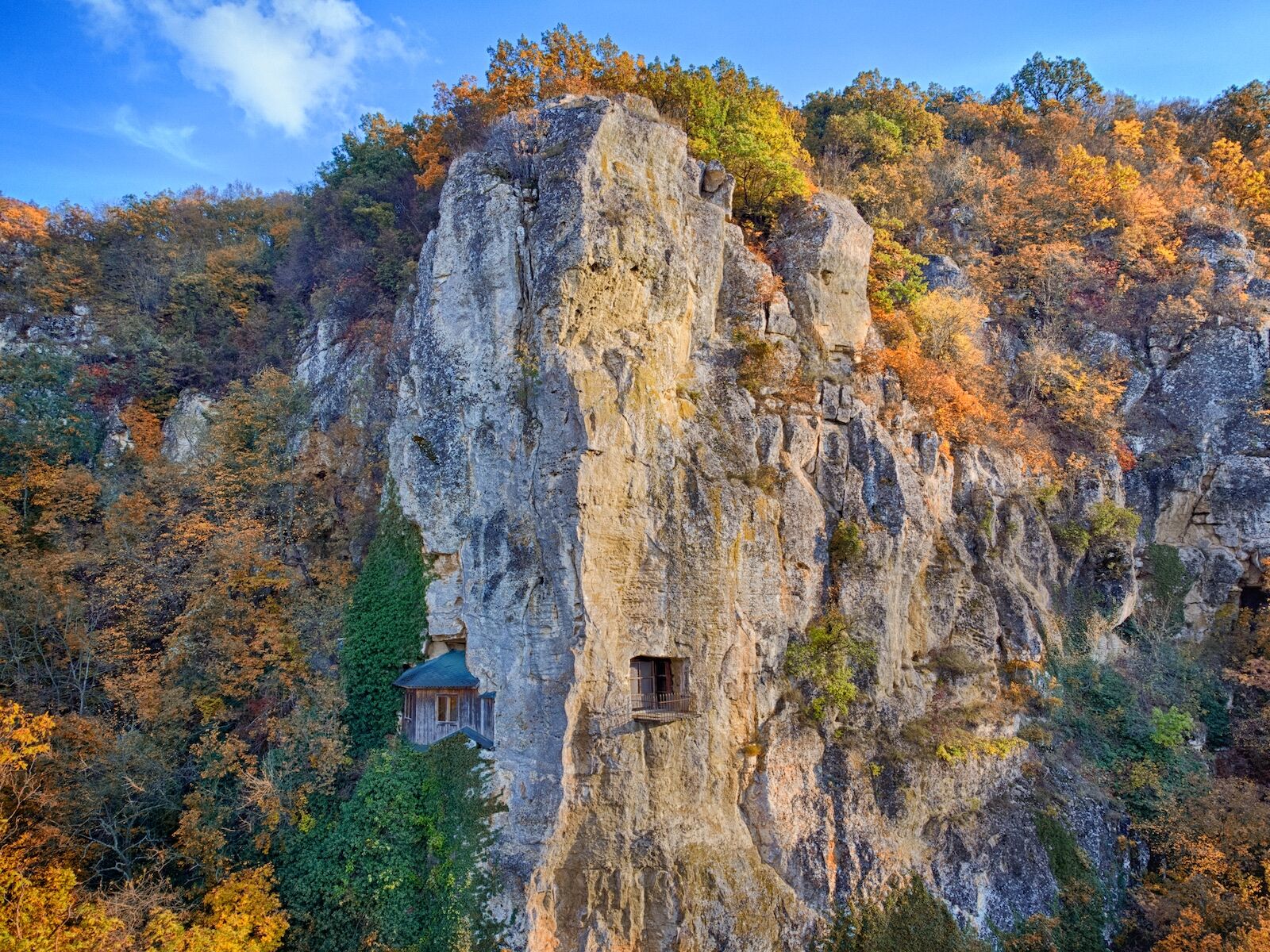

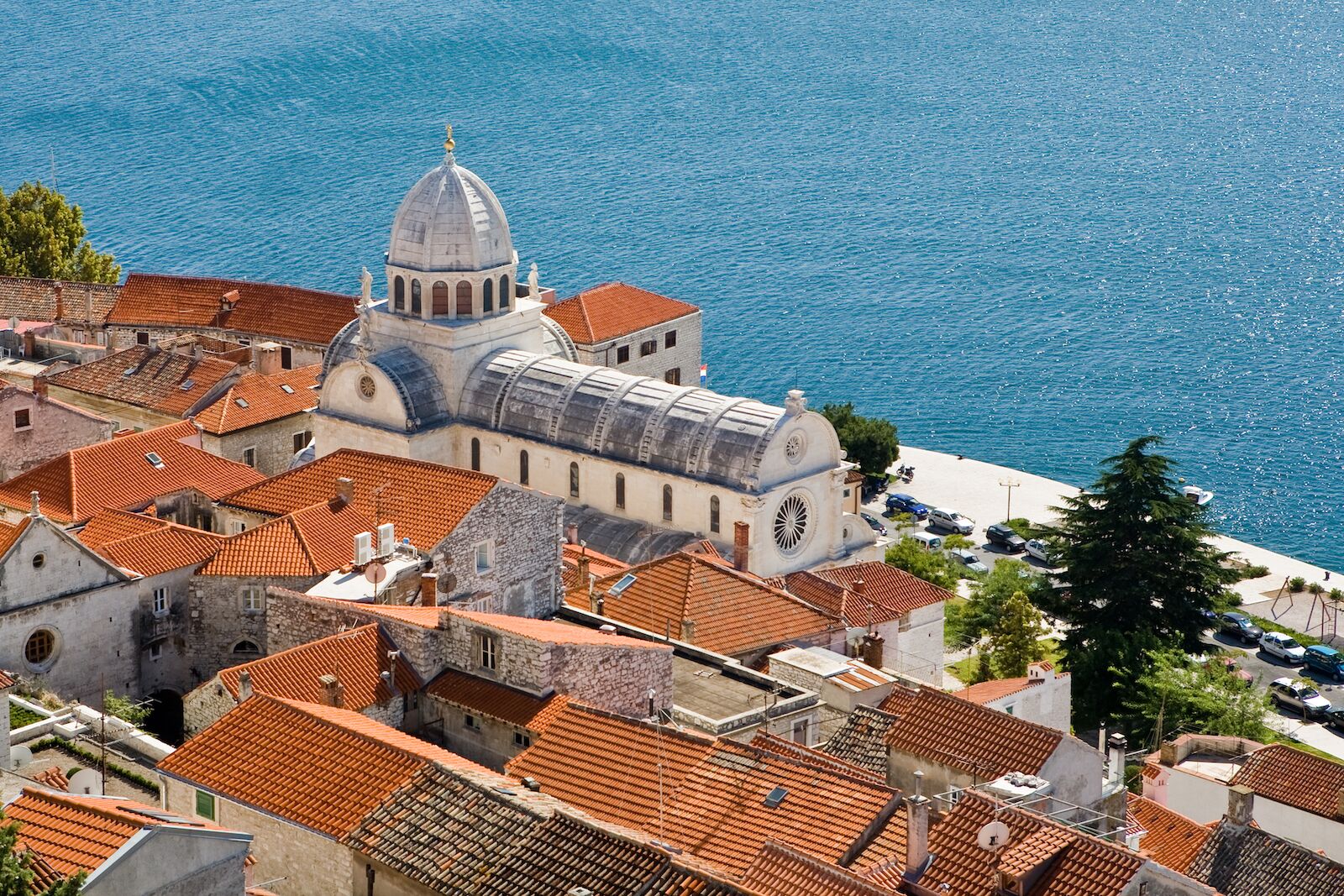
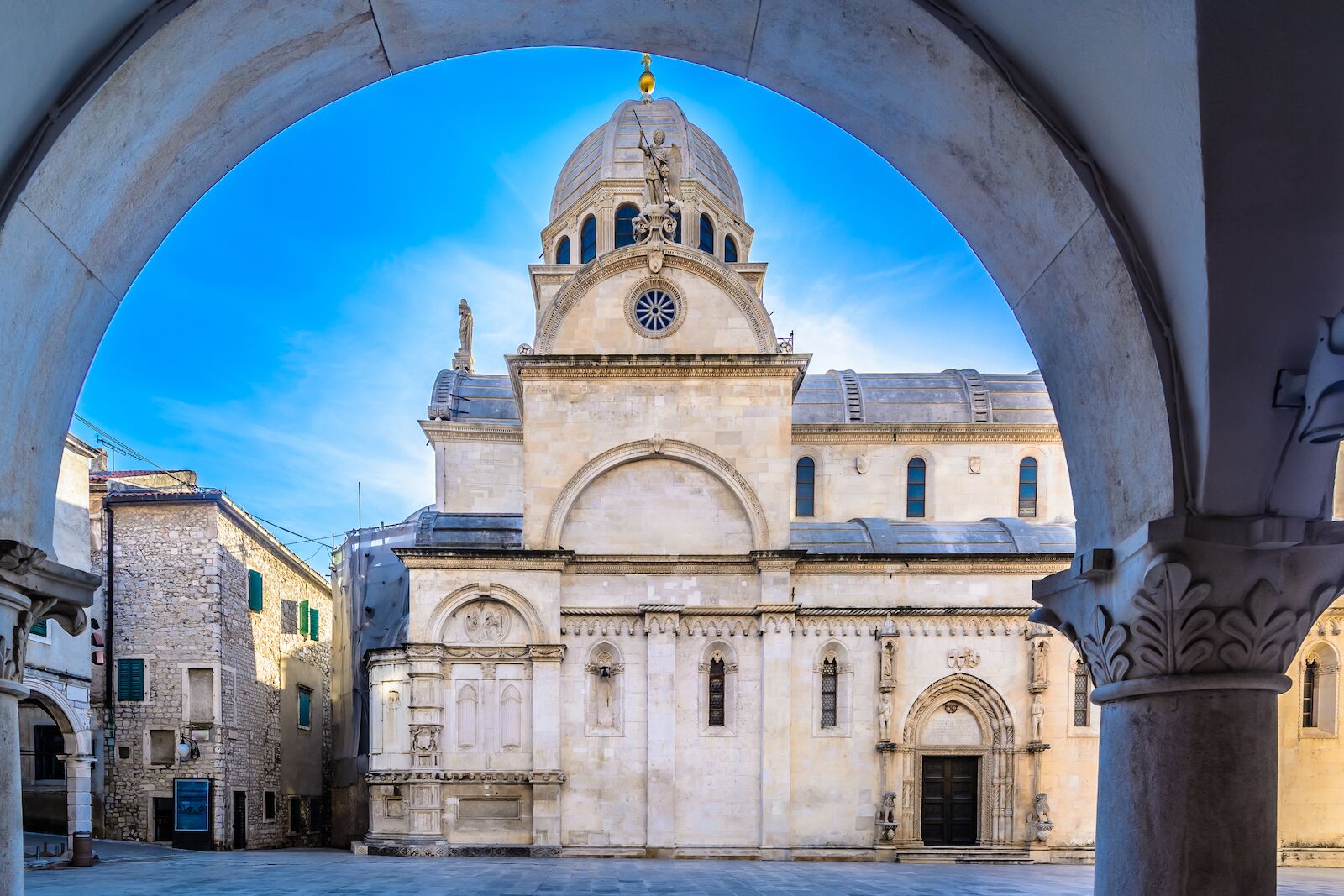
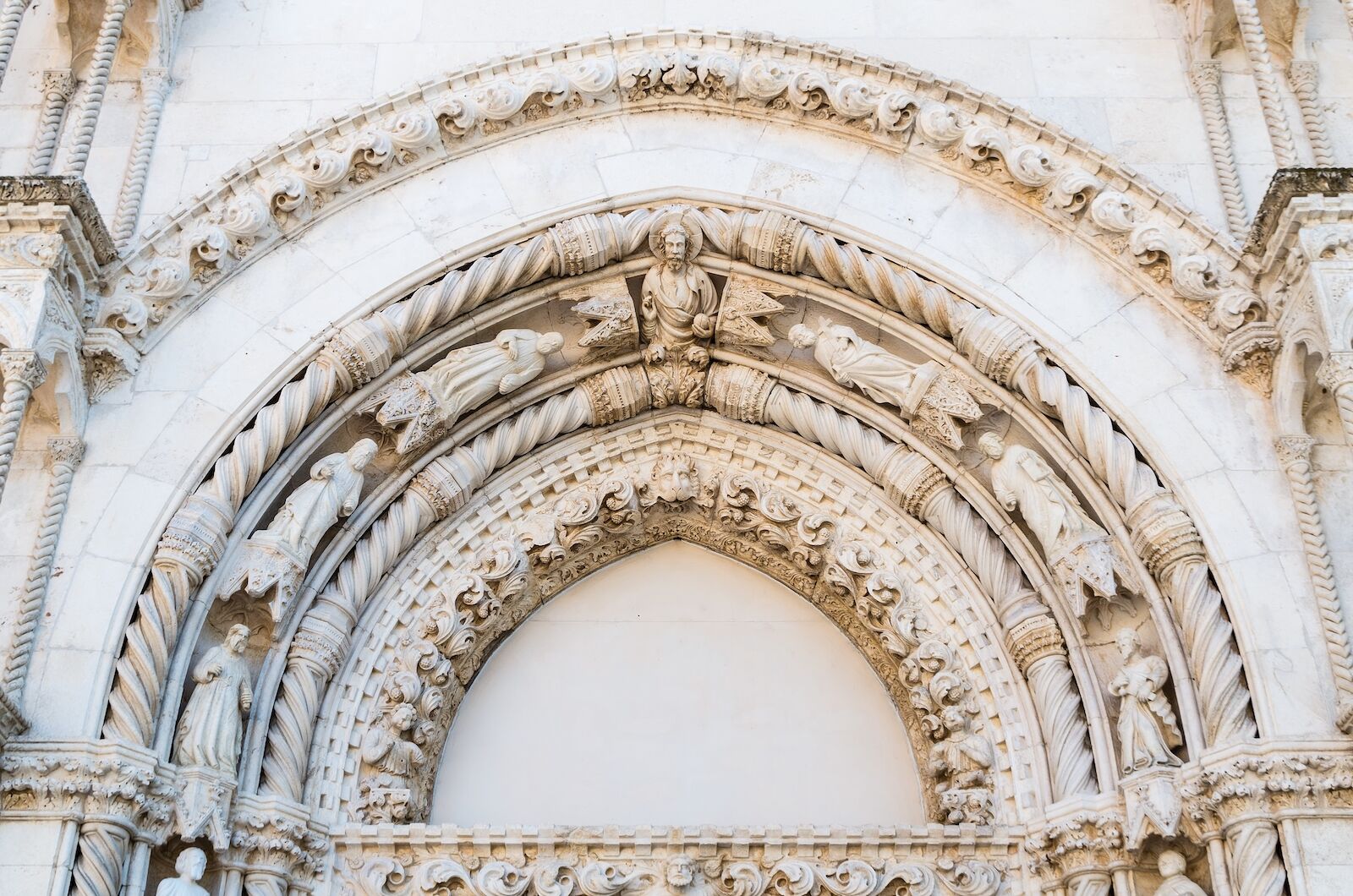


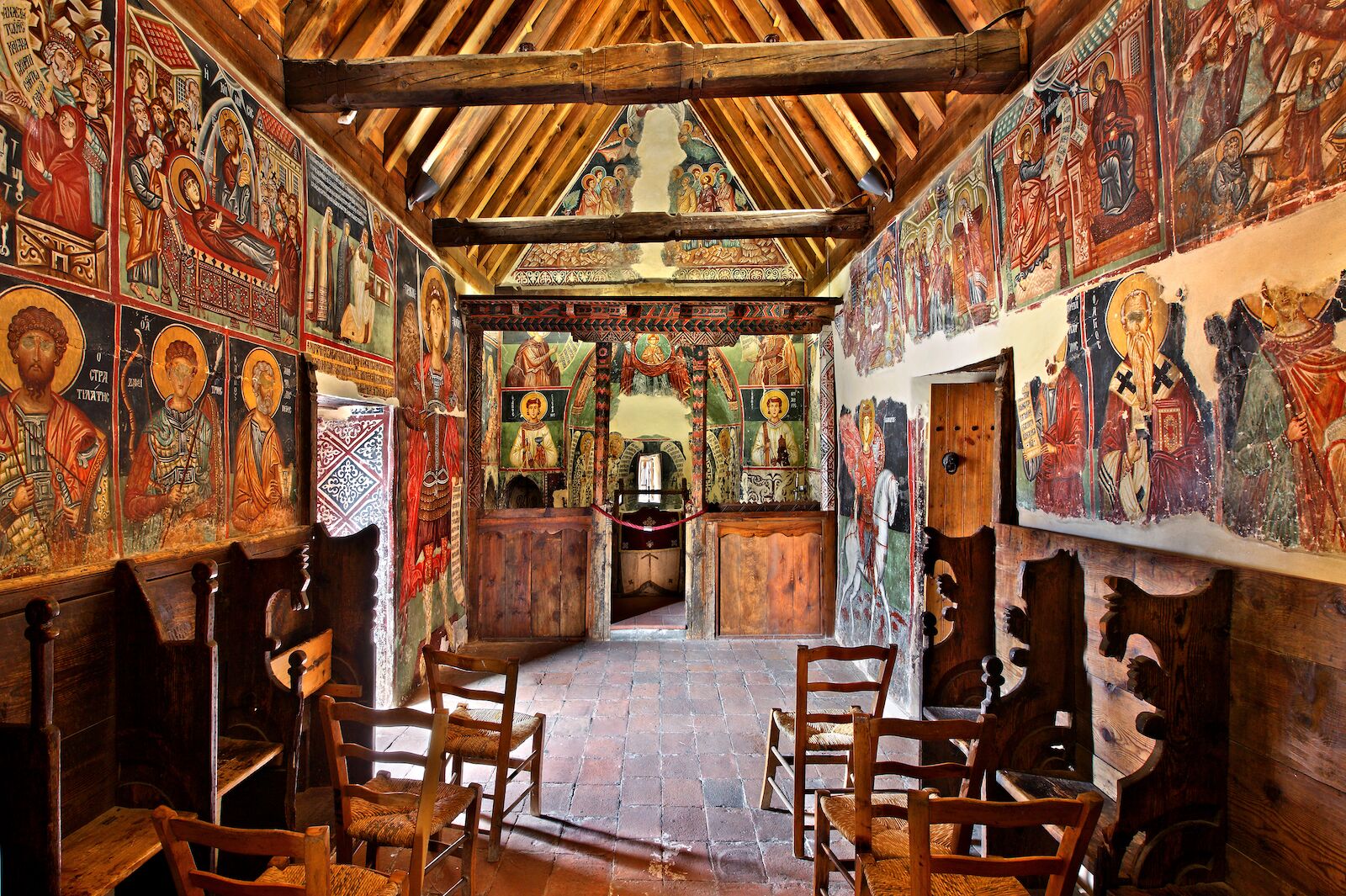
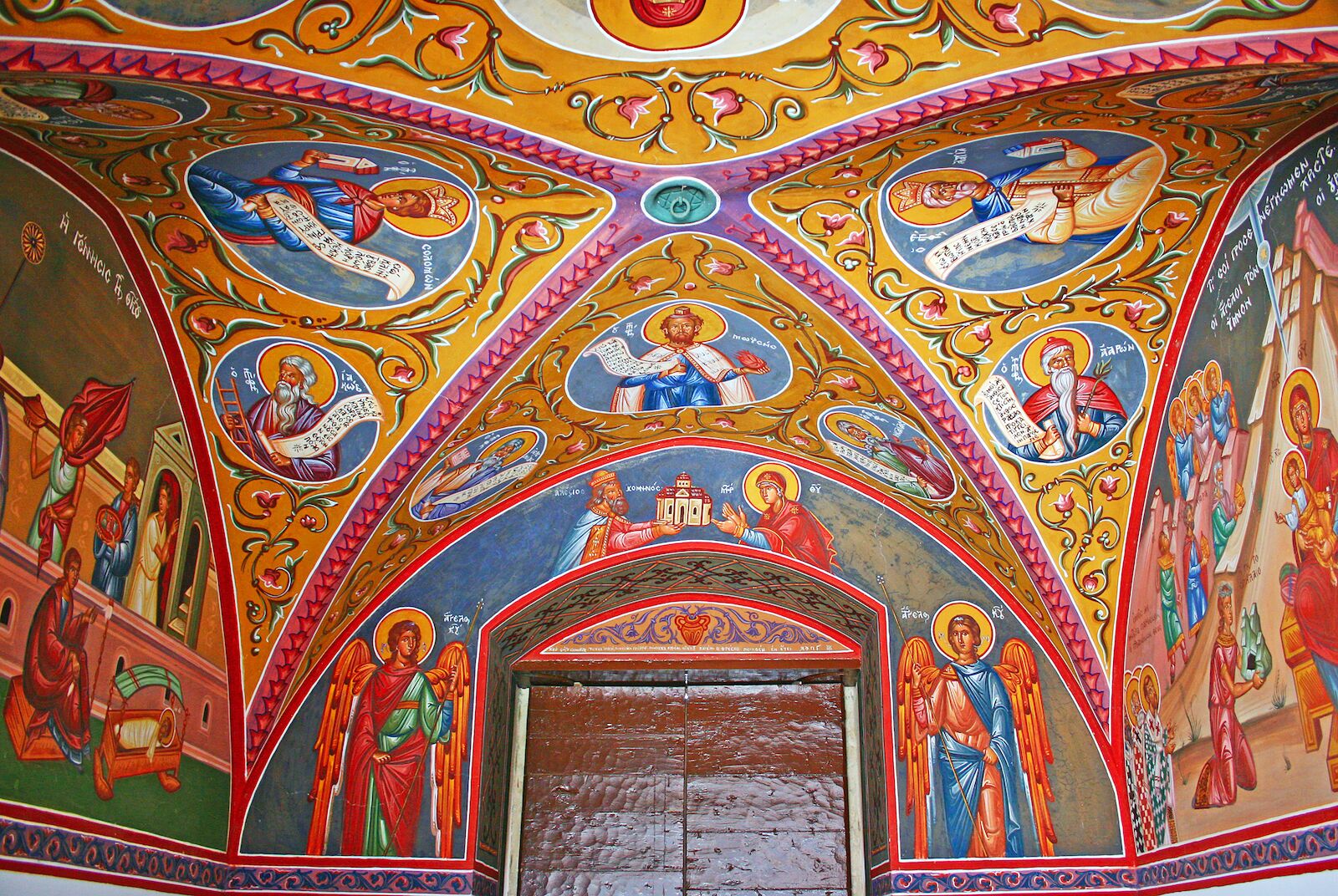
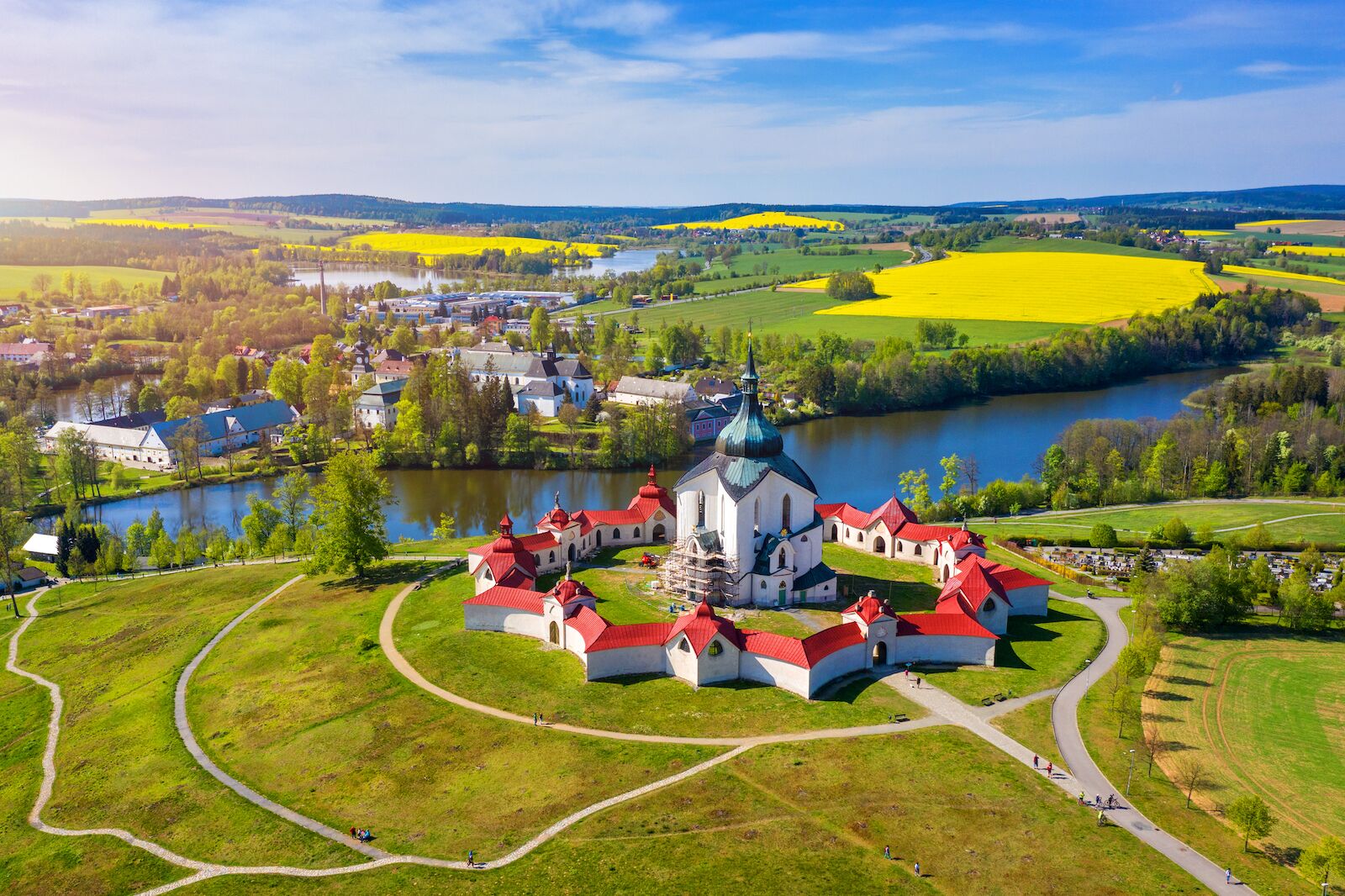
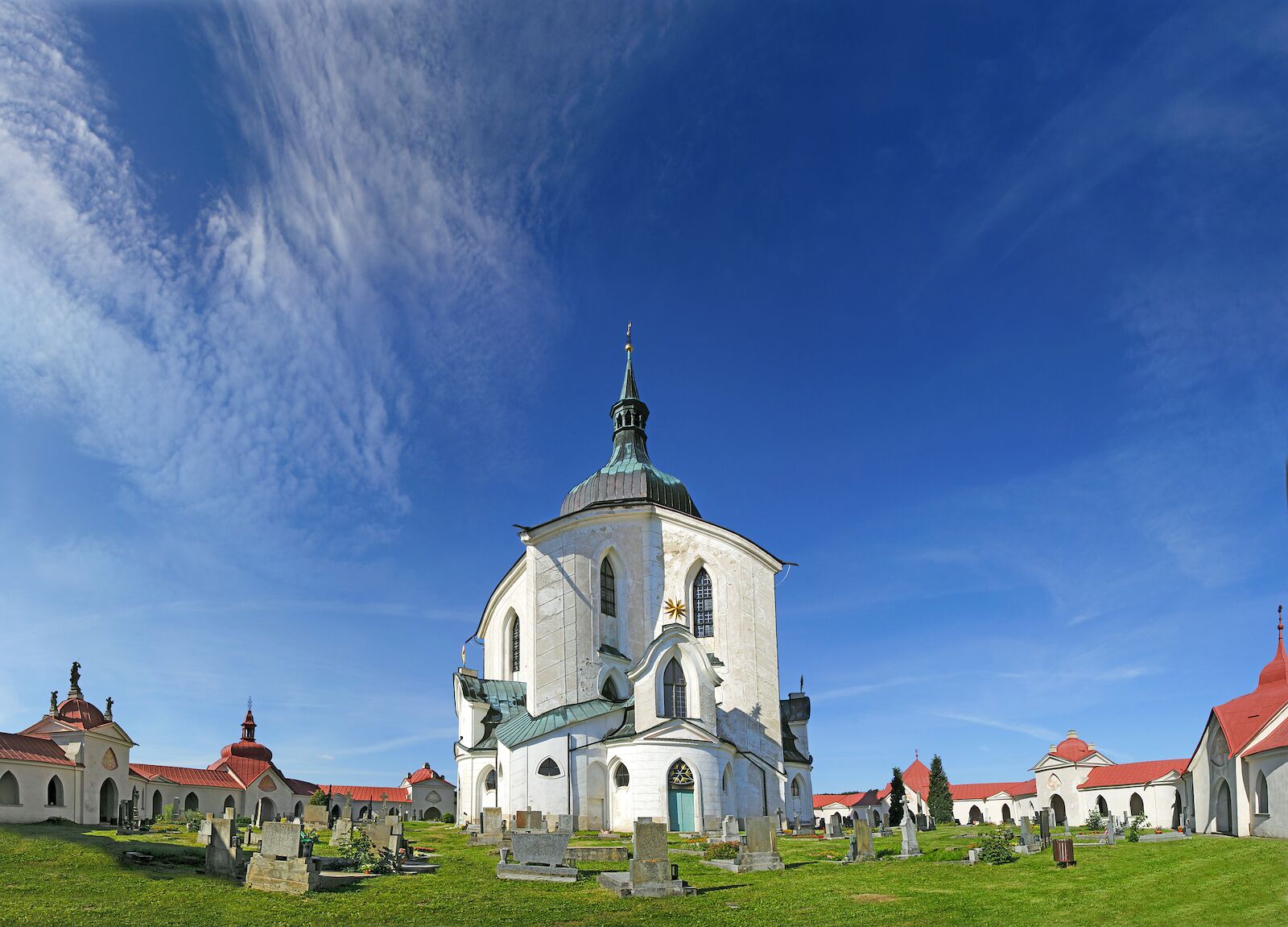
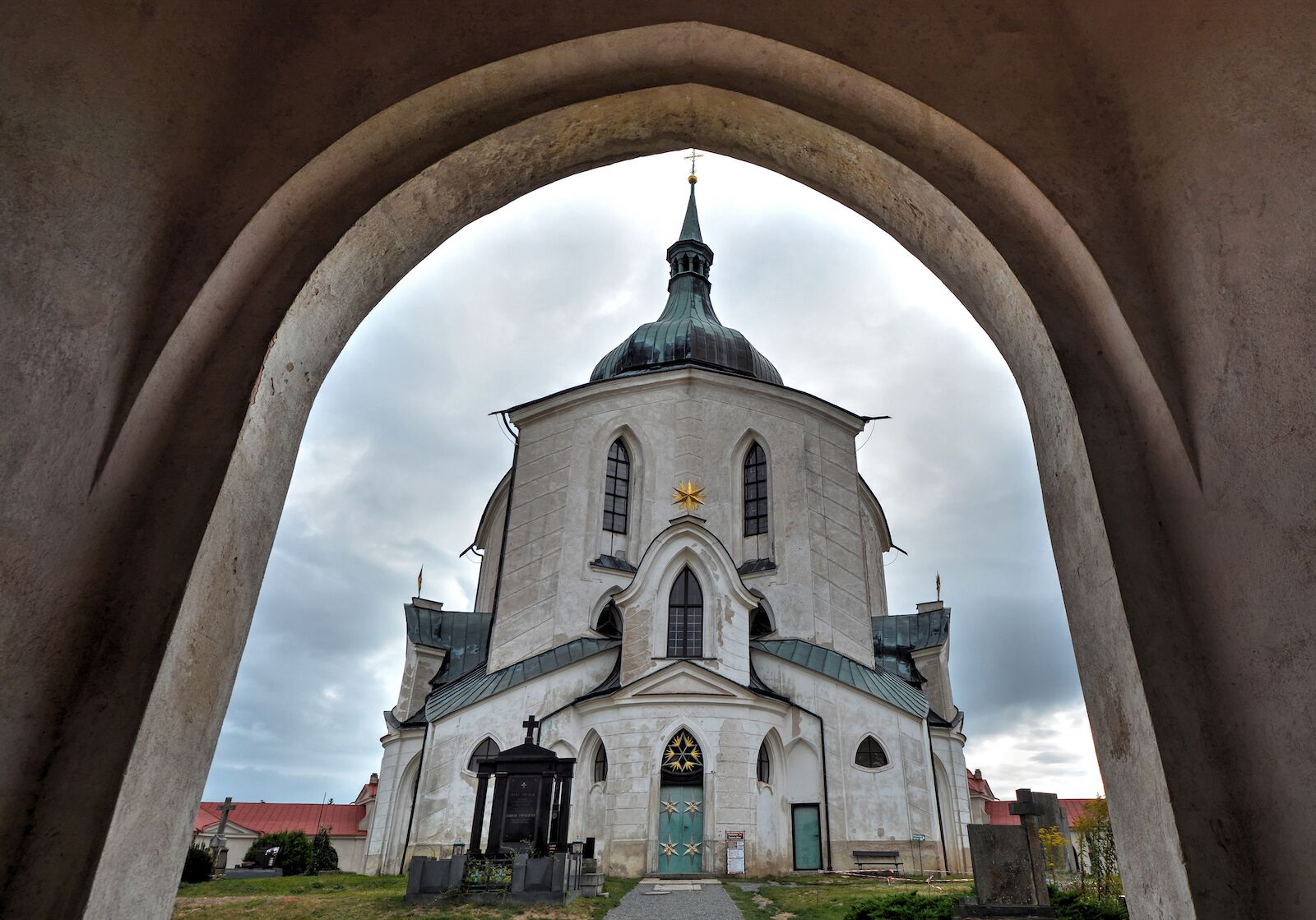
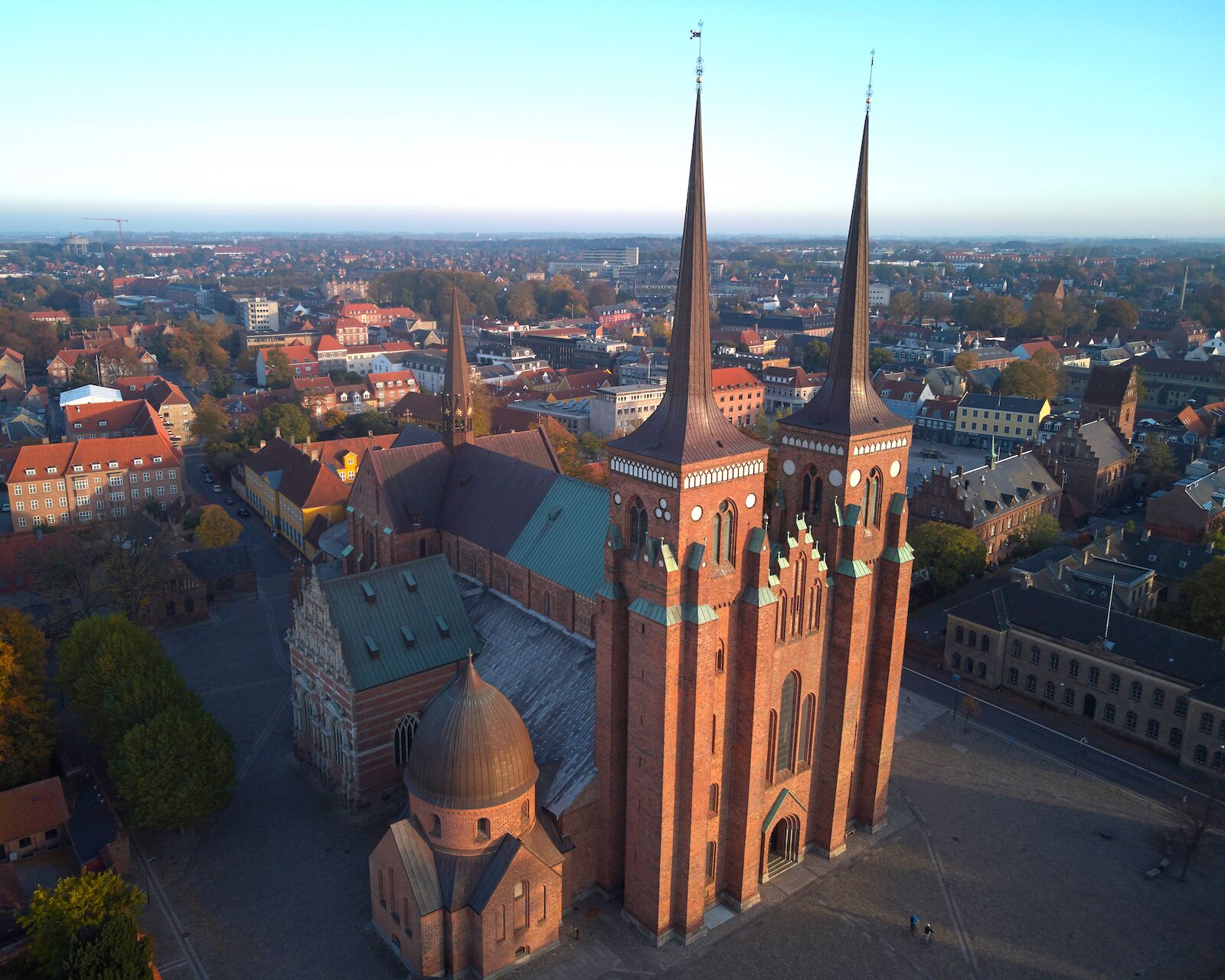
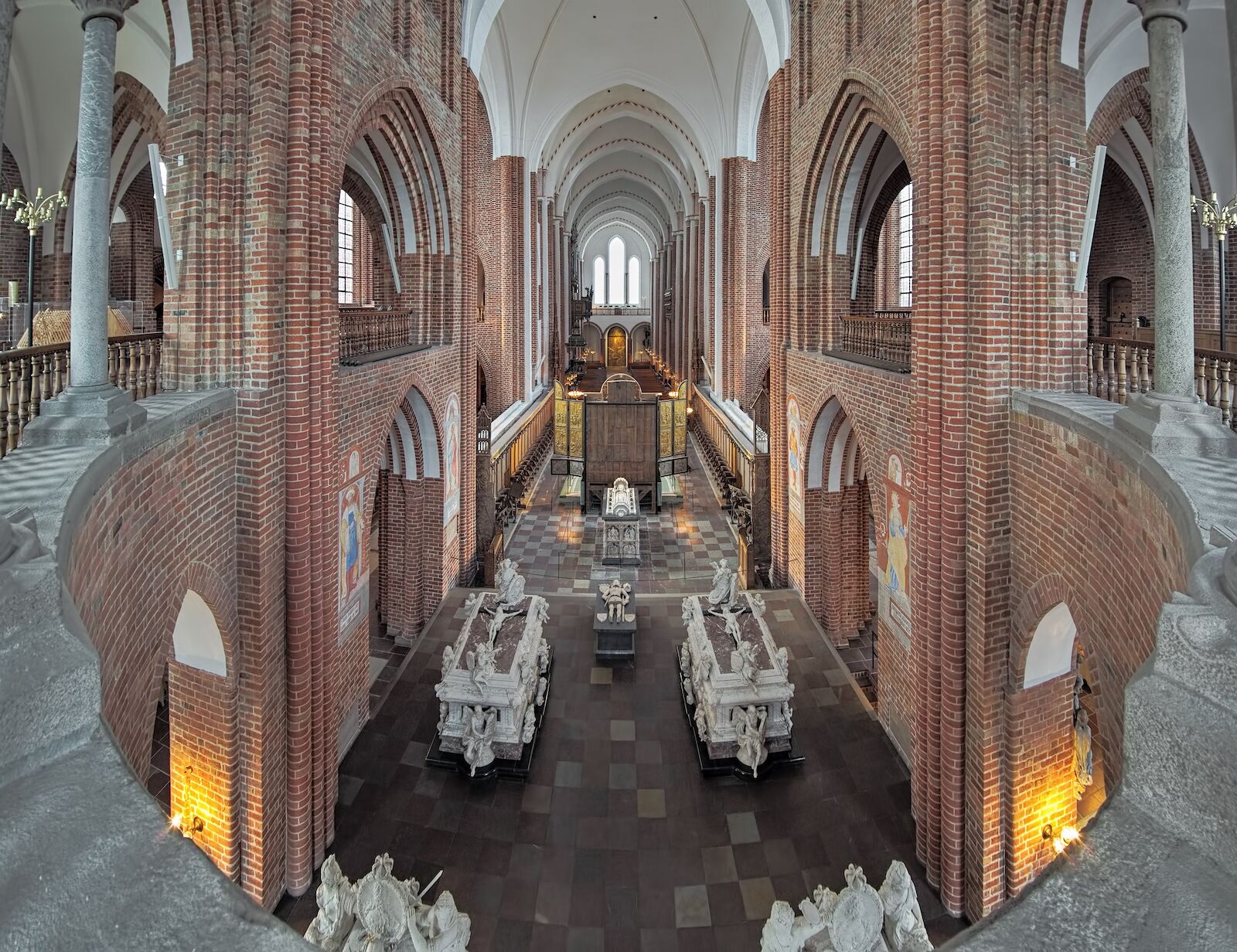
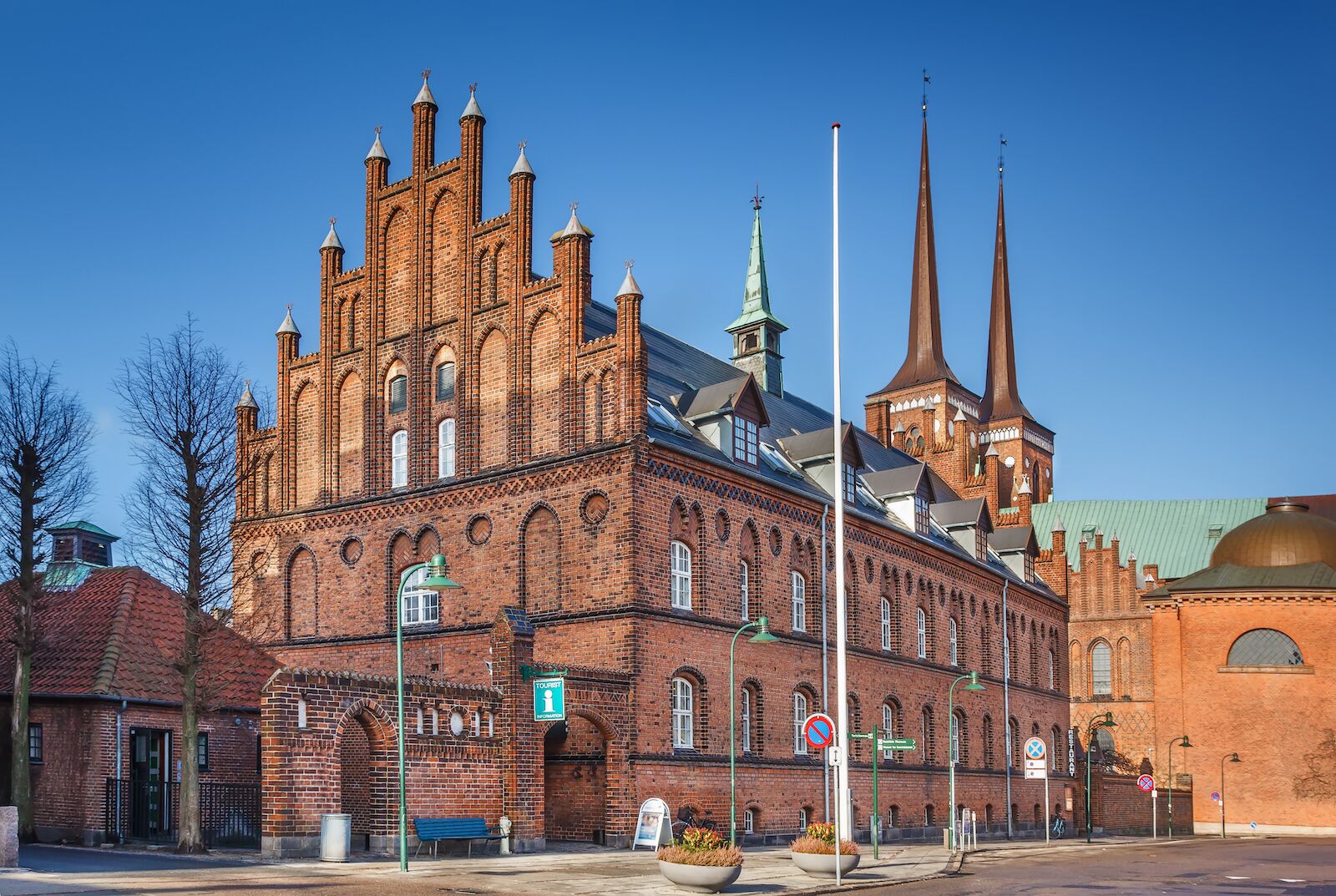
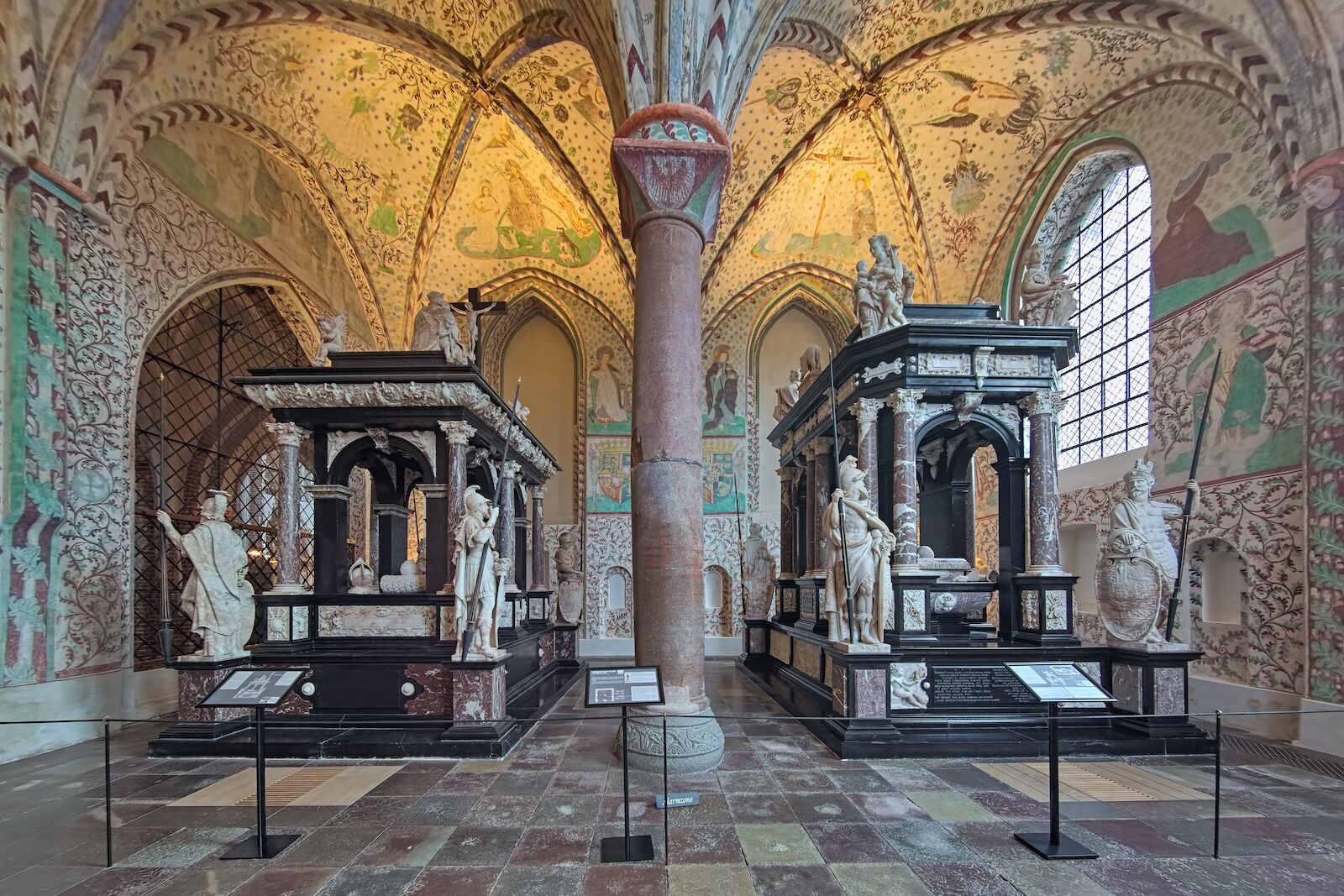
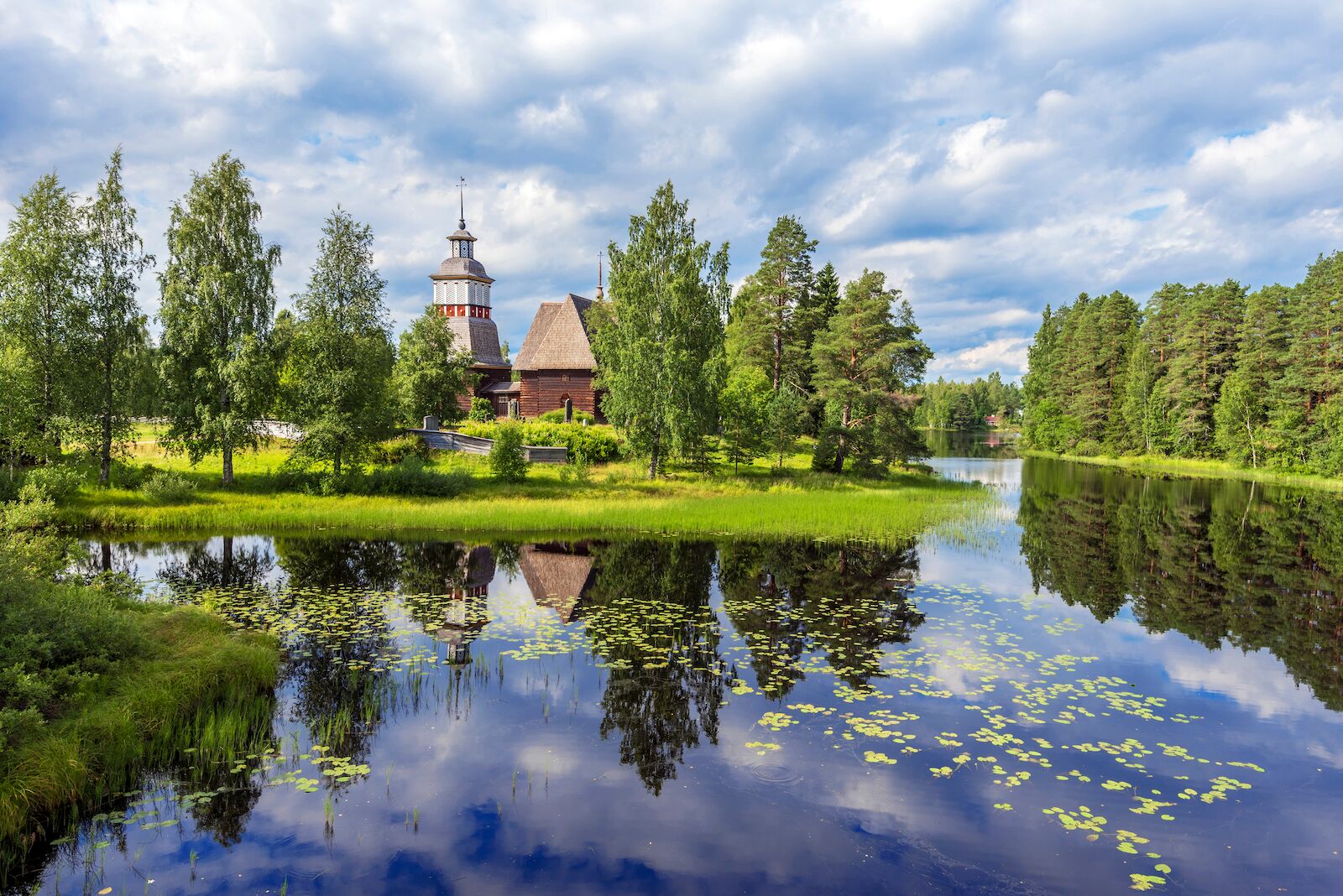

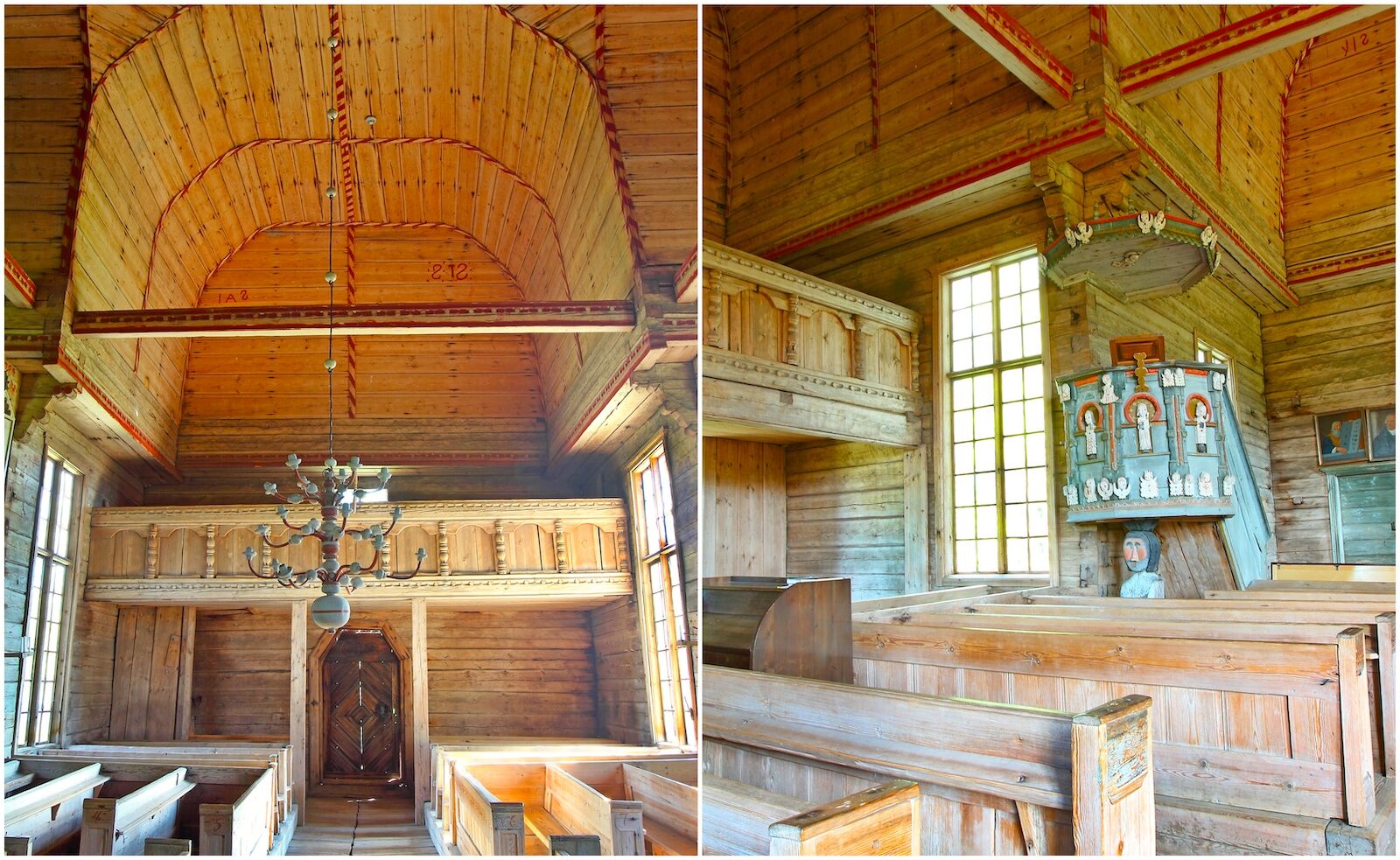



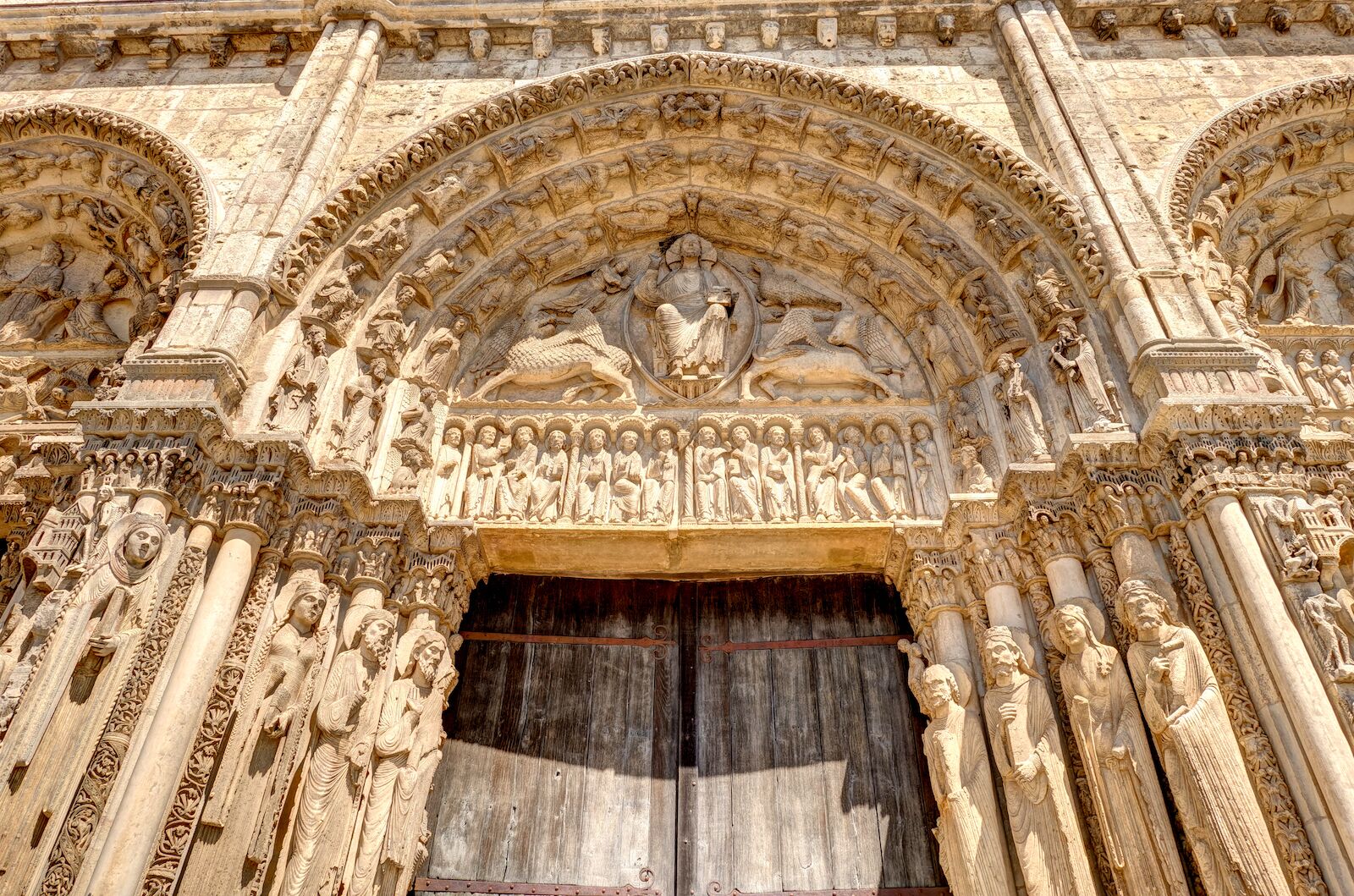

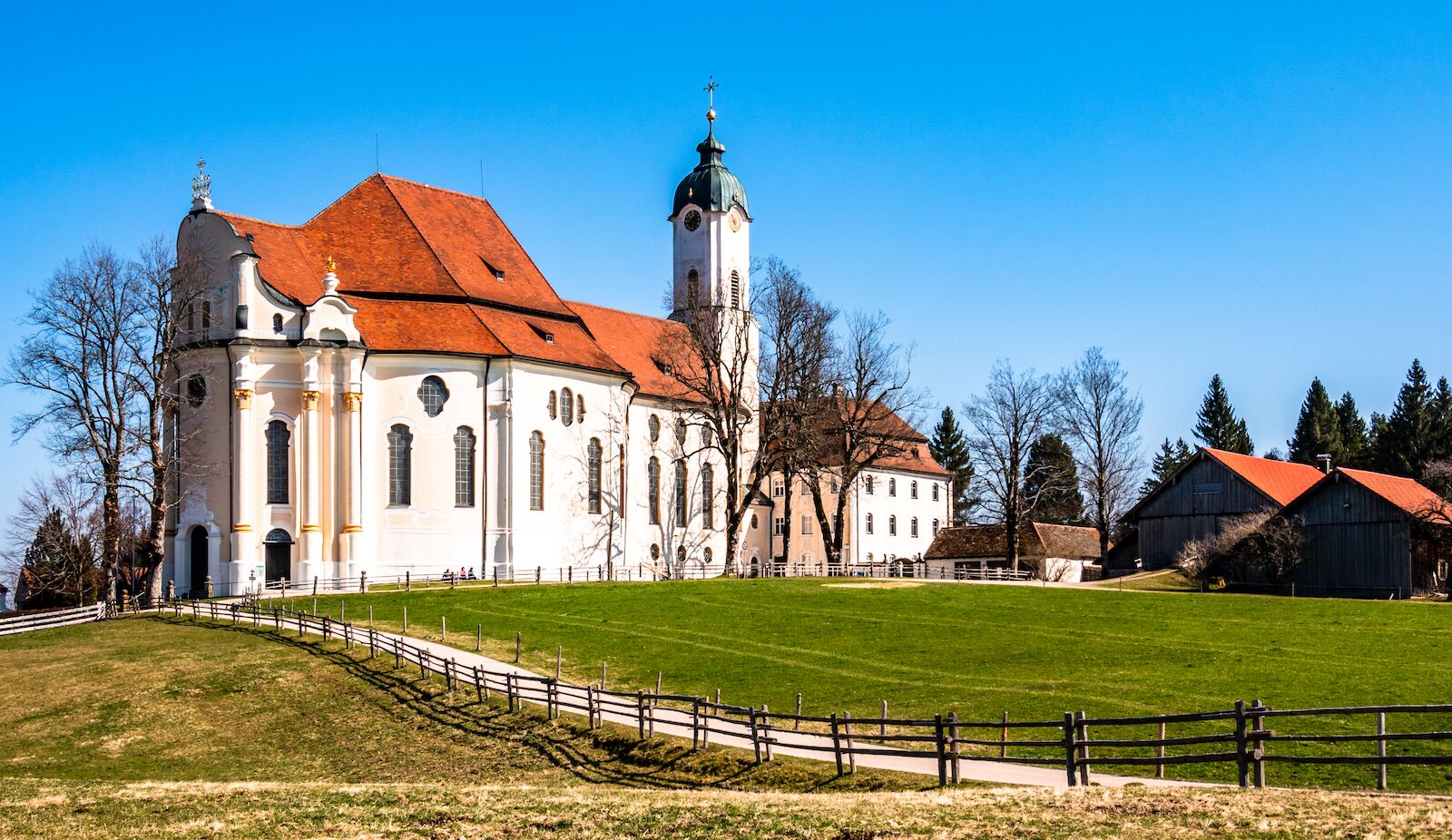
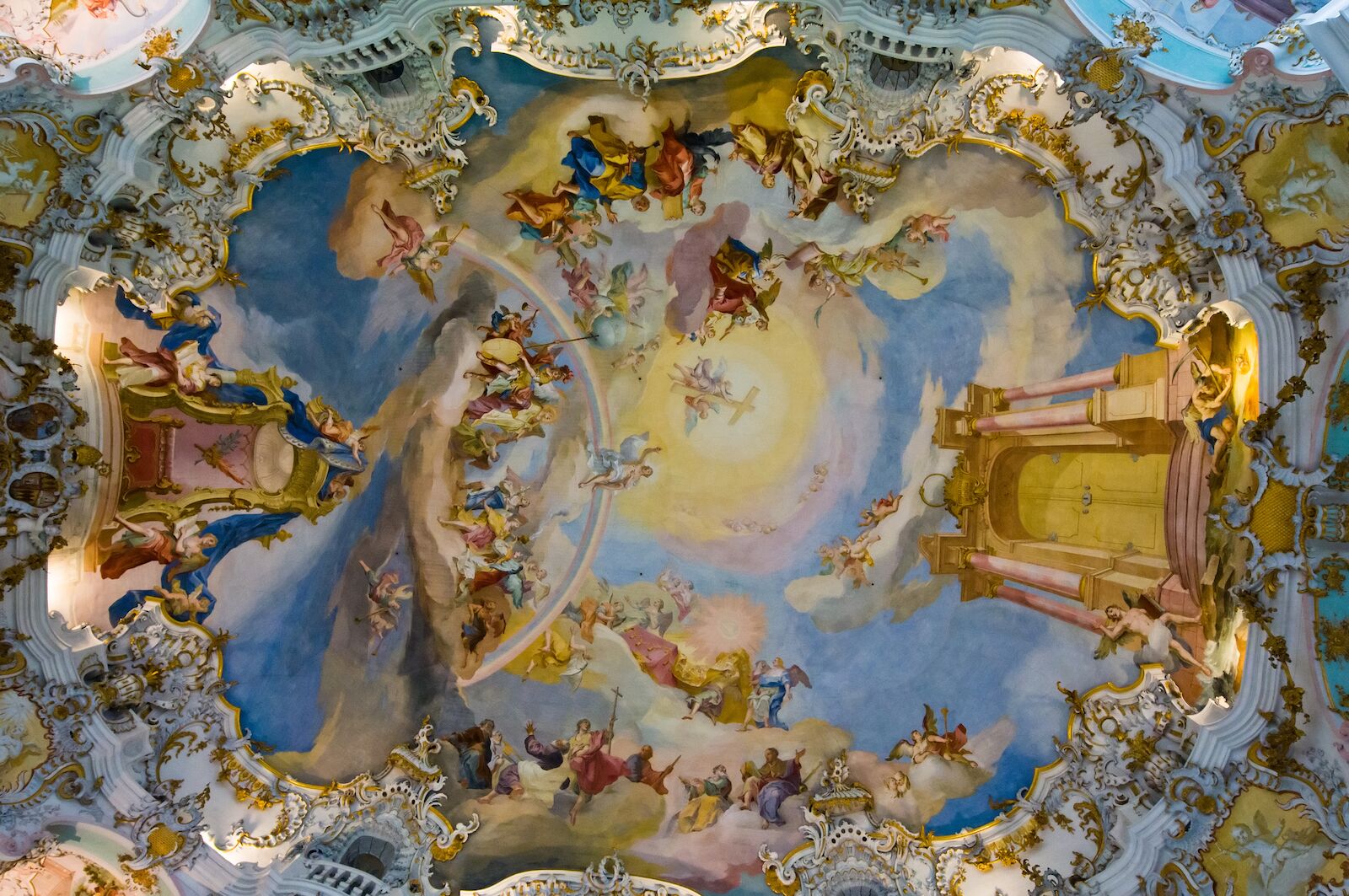
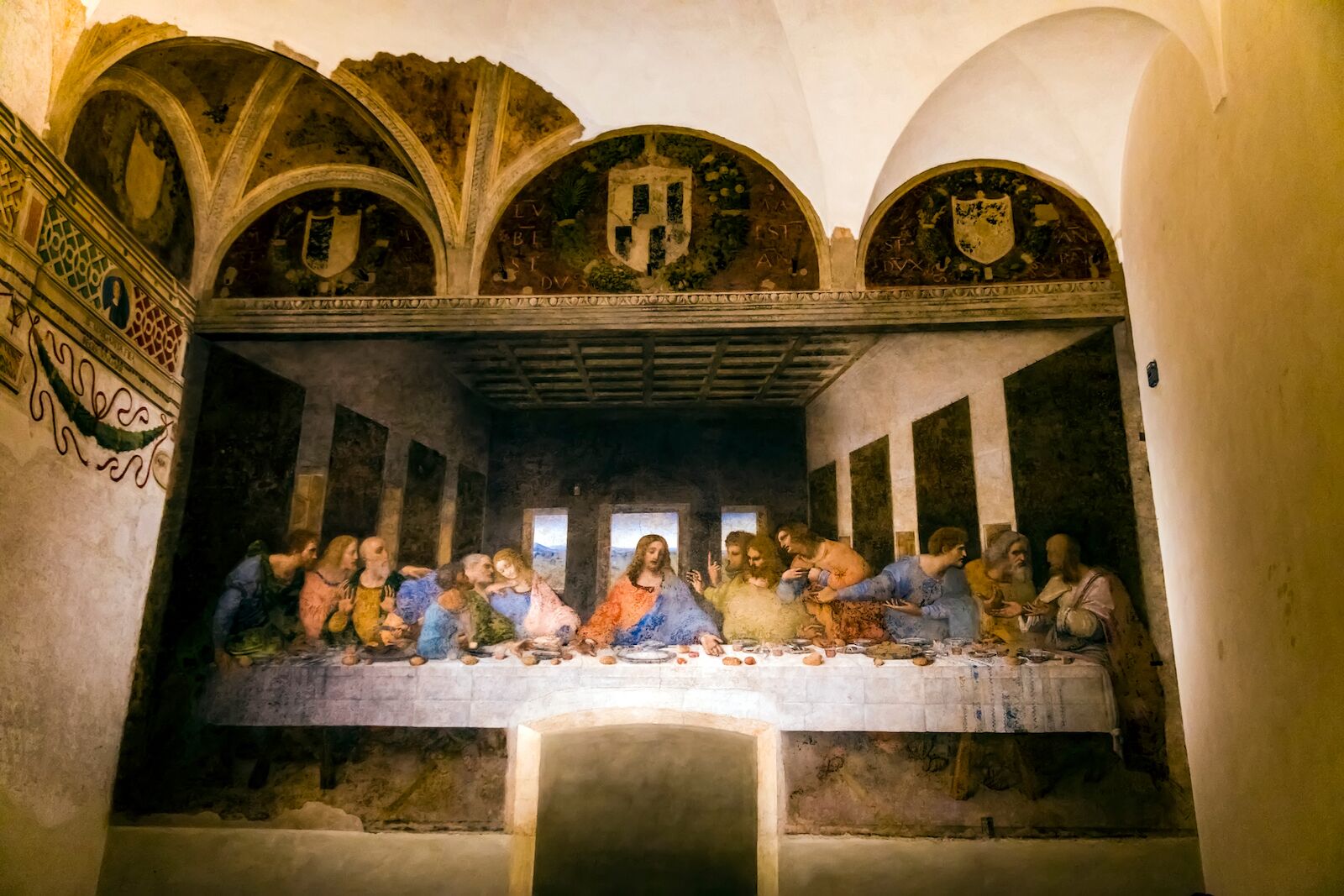
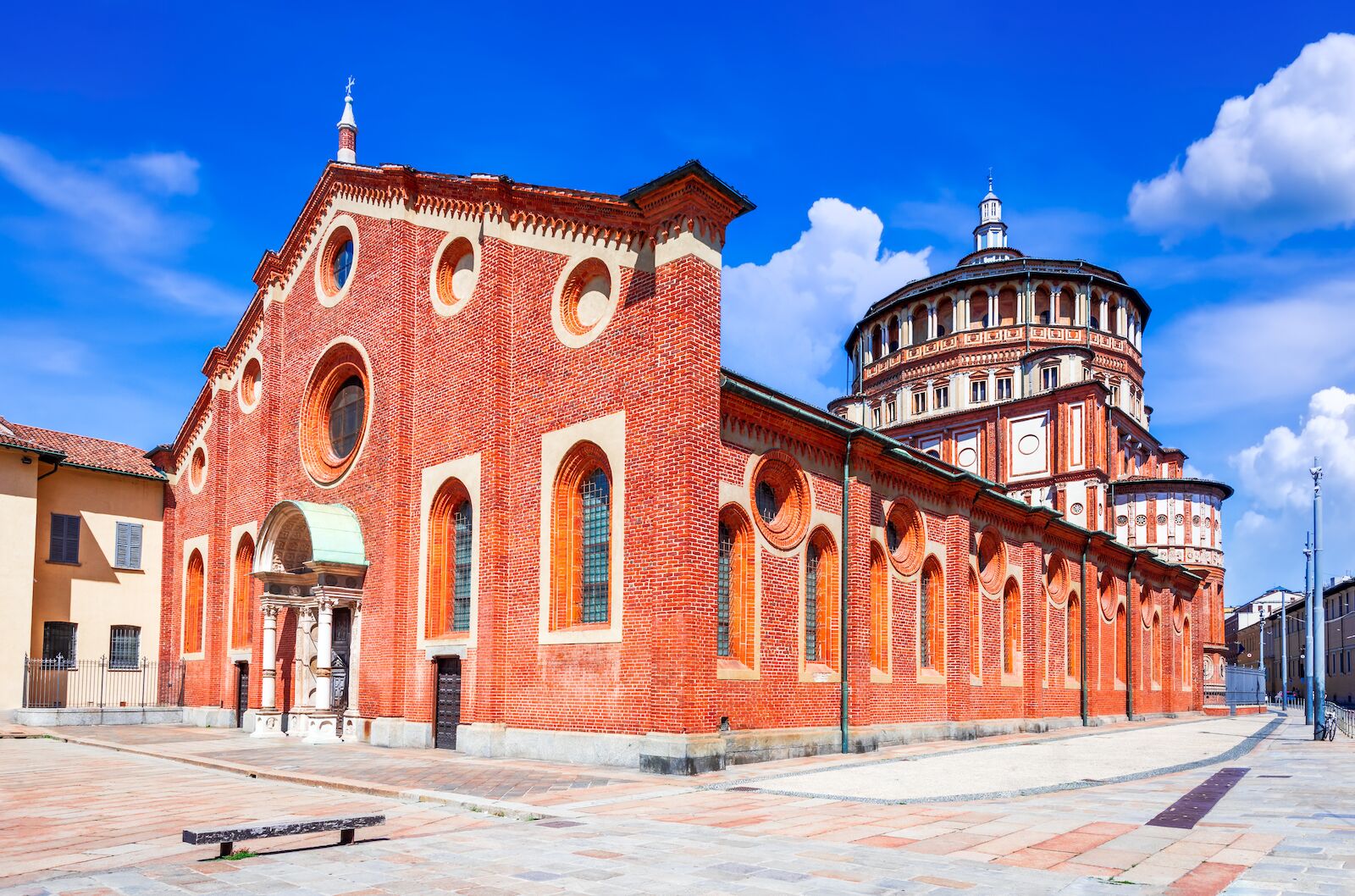



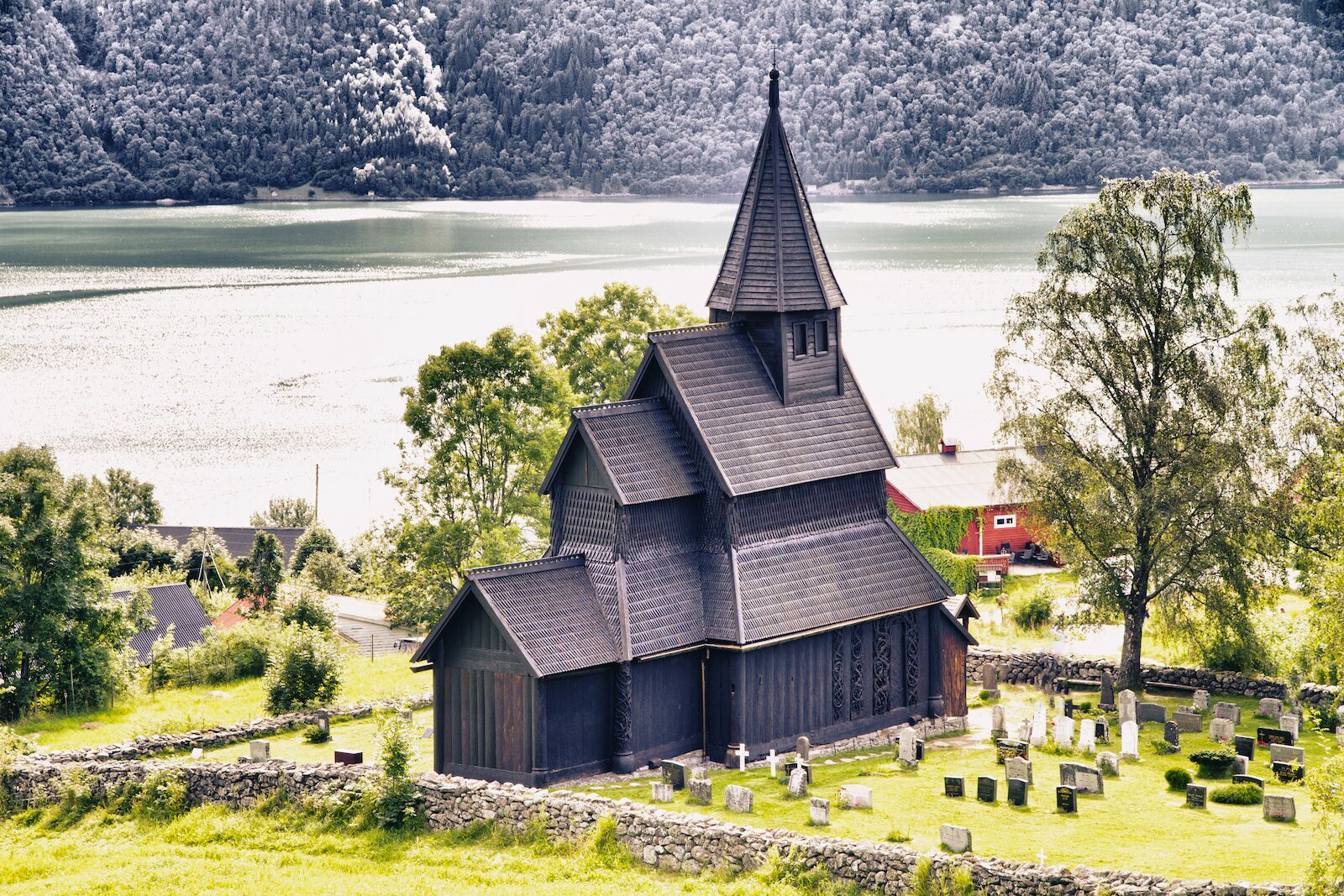

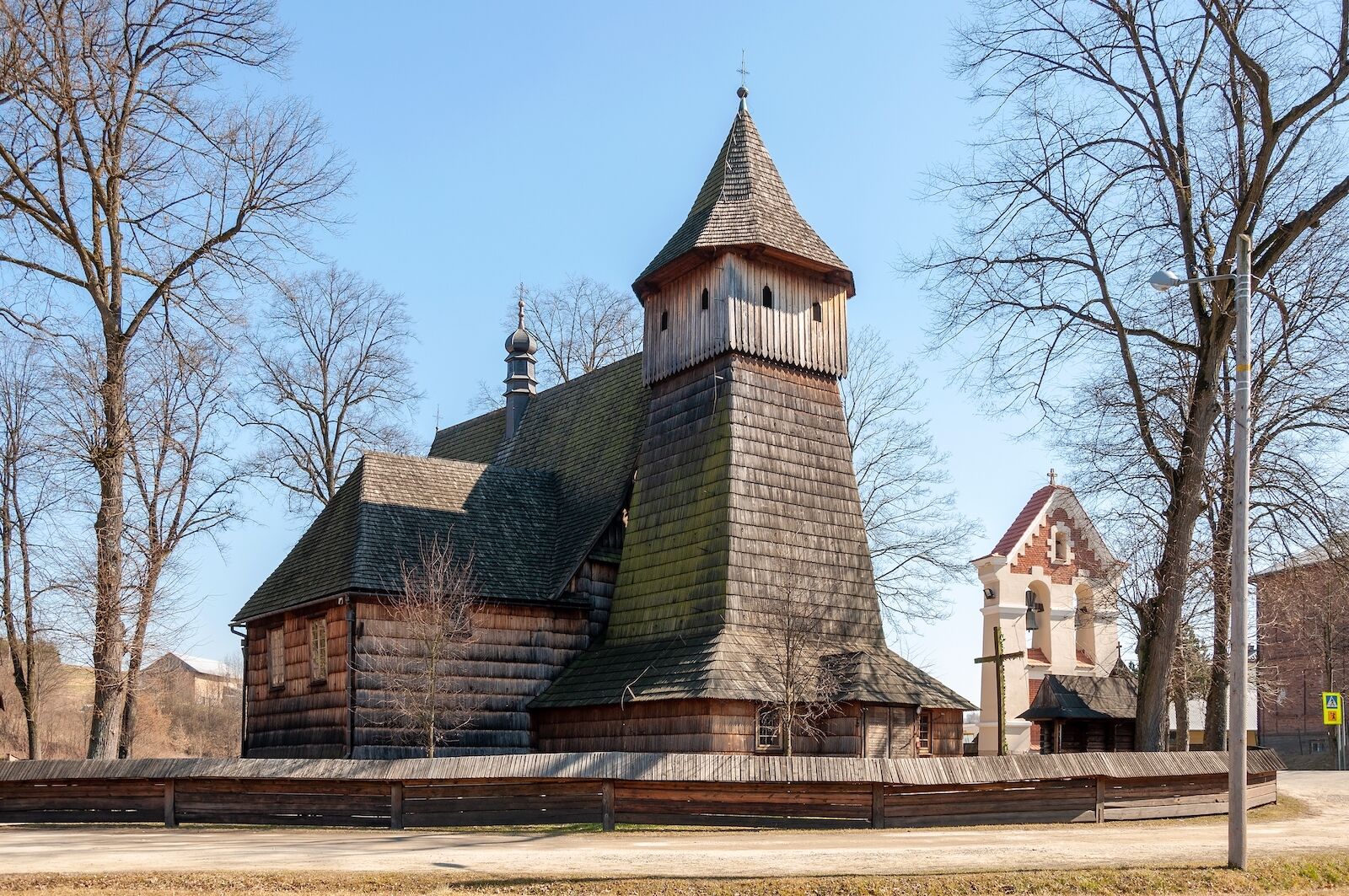
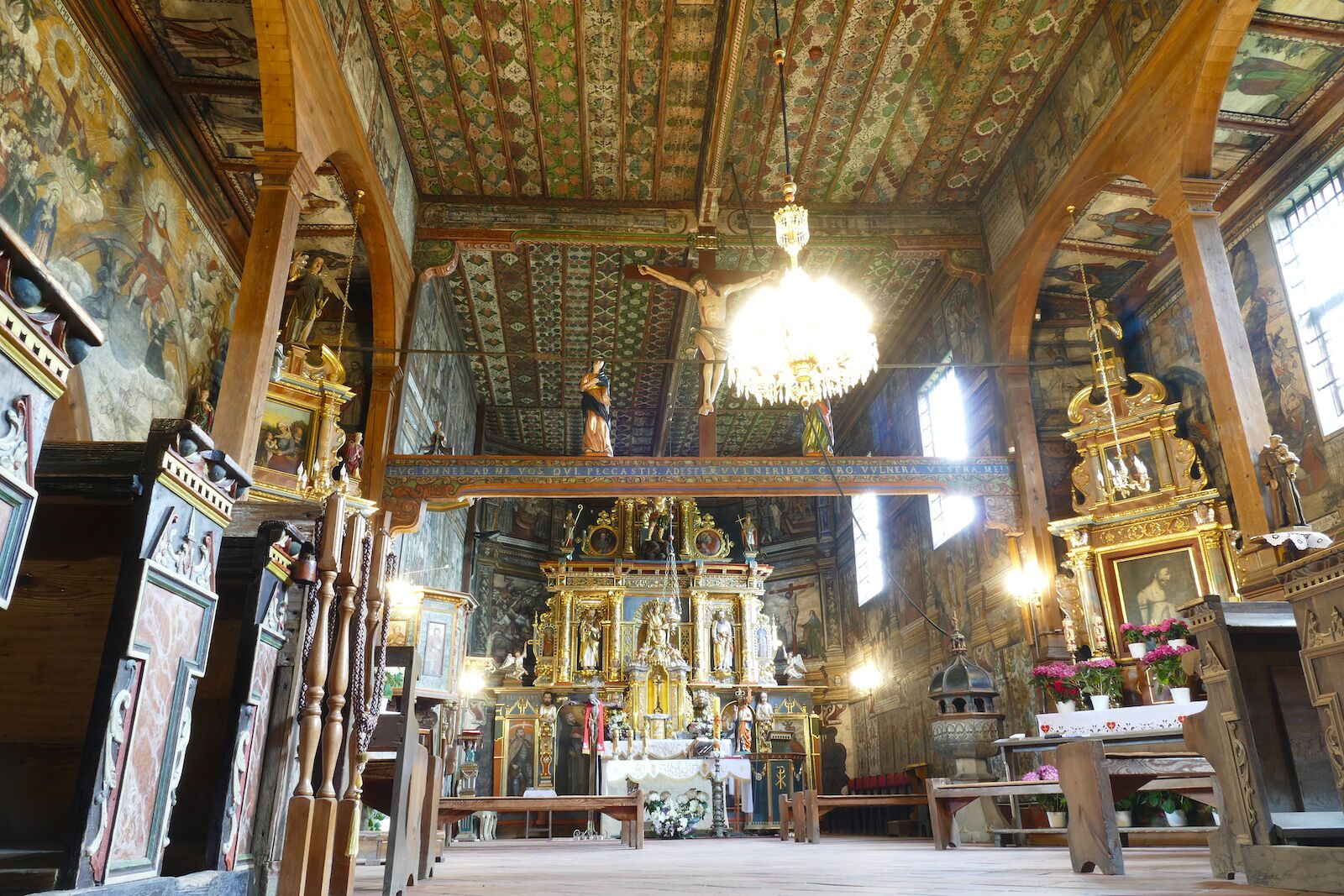

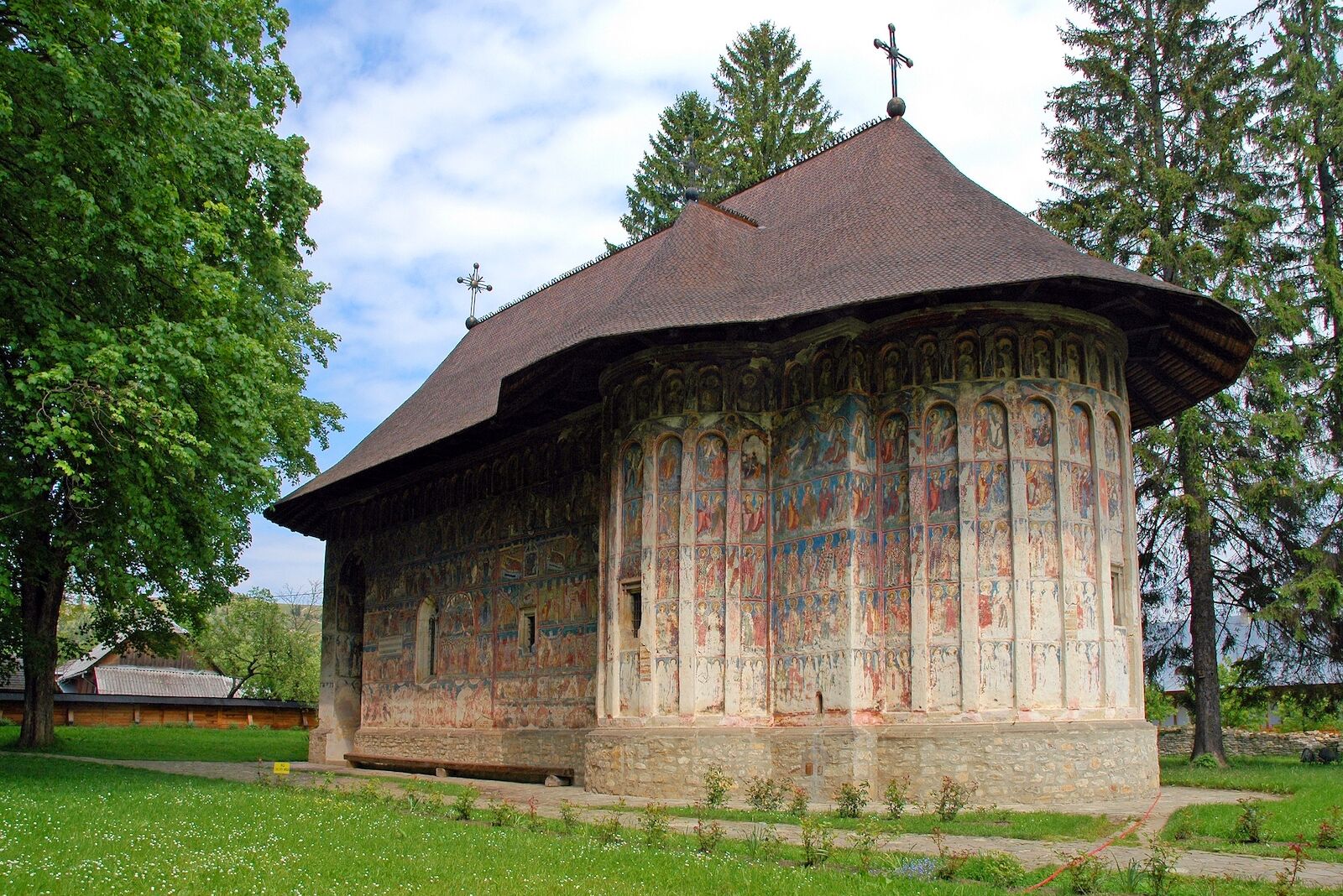


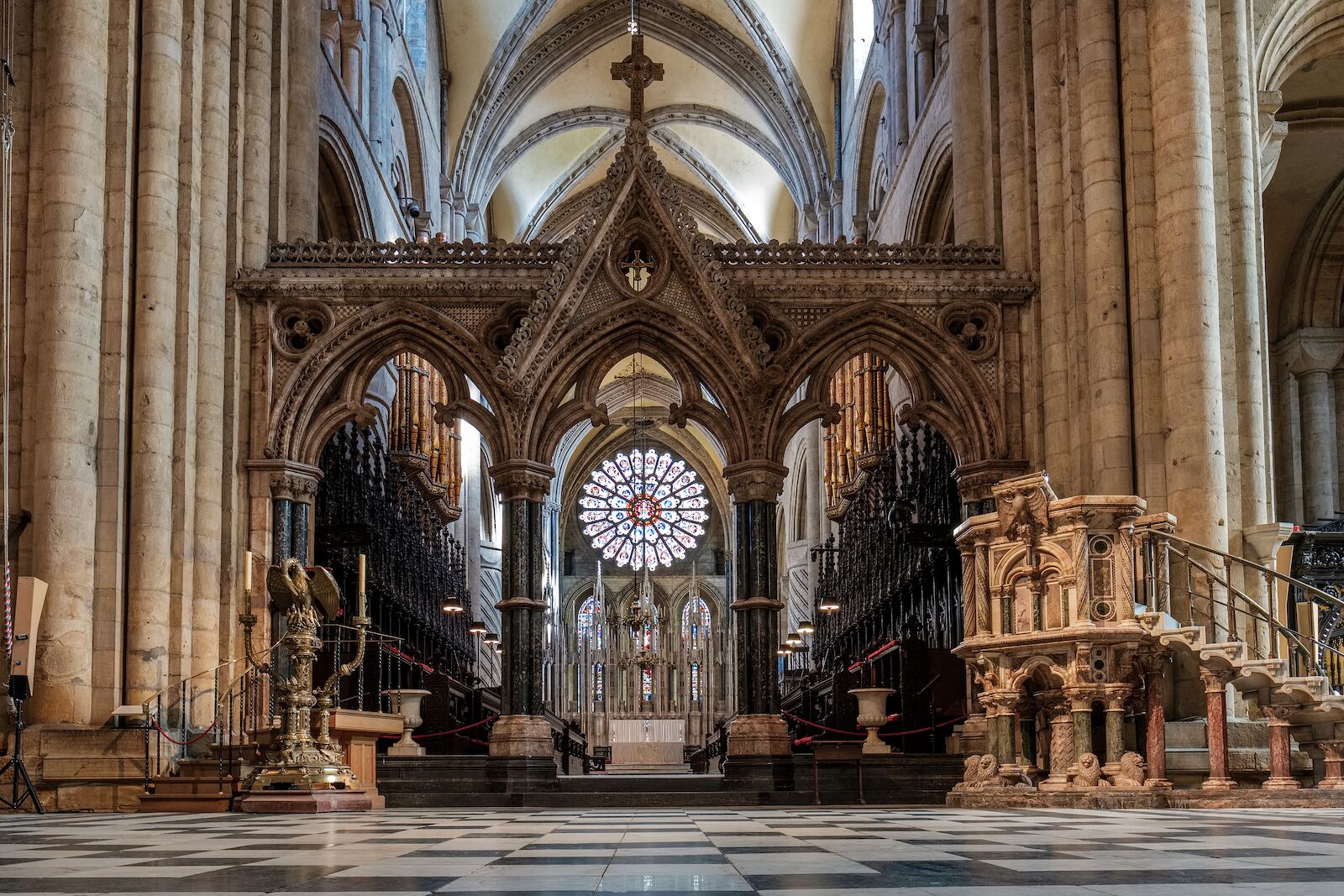
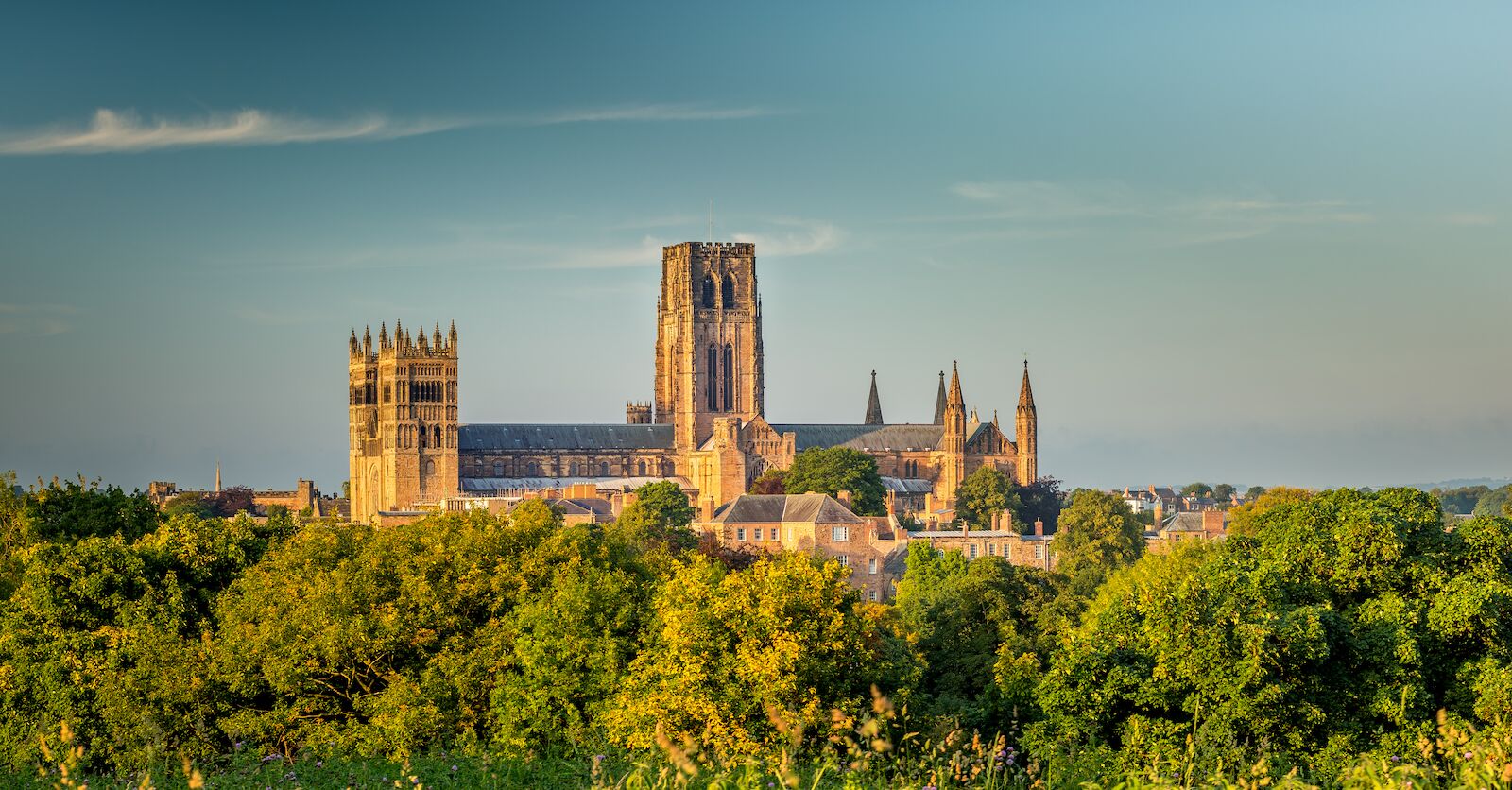
No comments:
Post a Comment